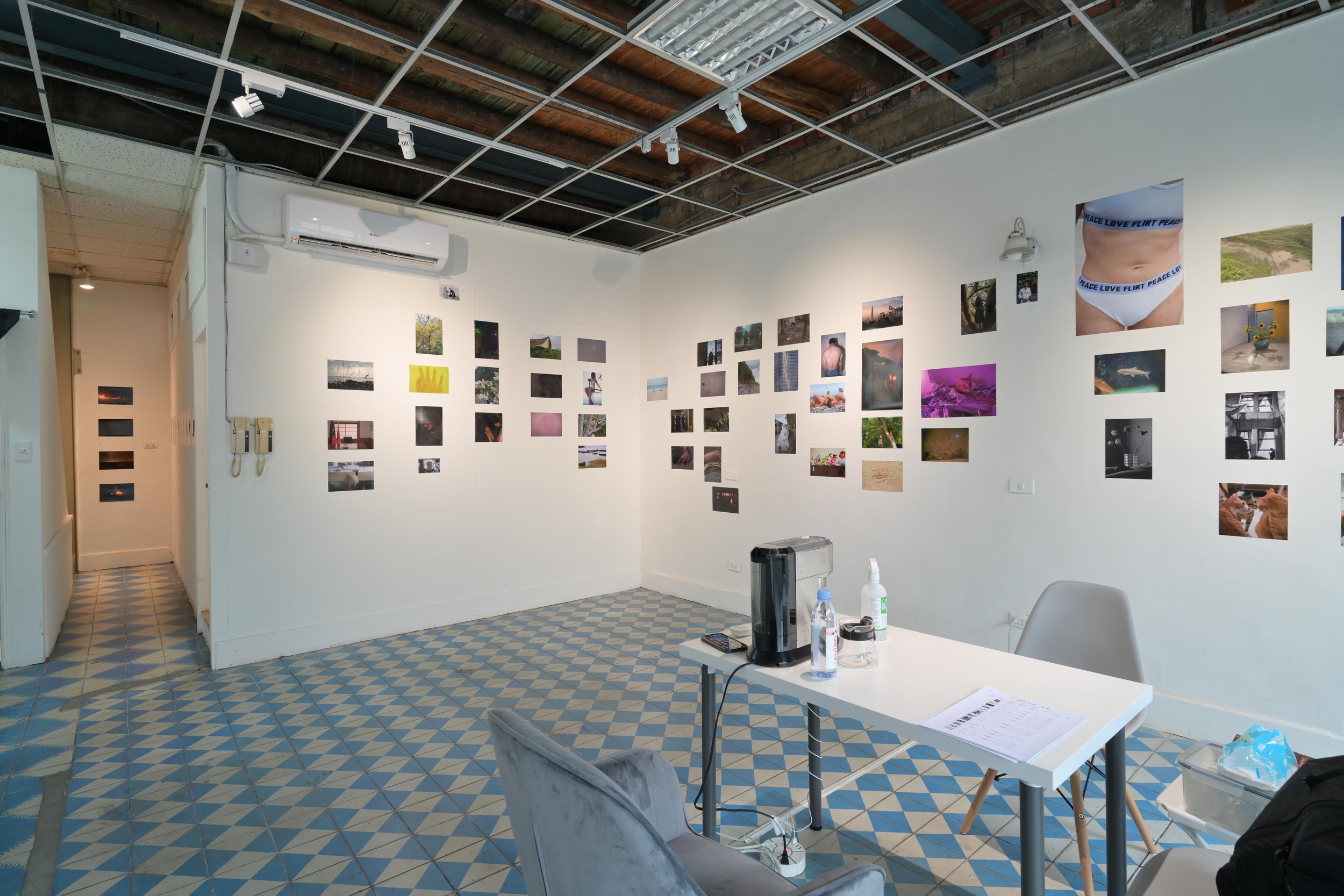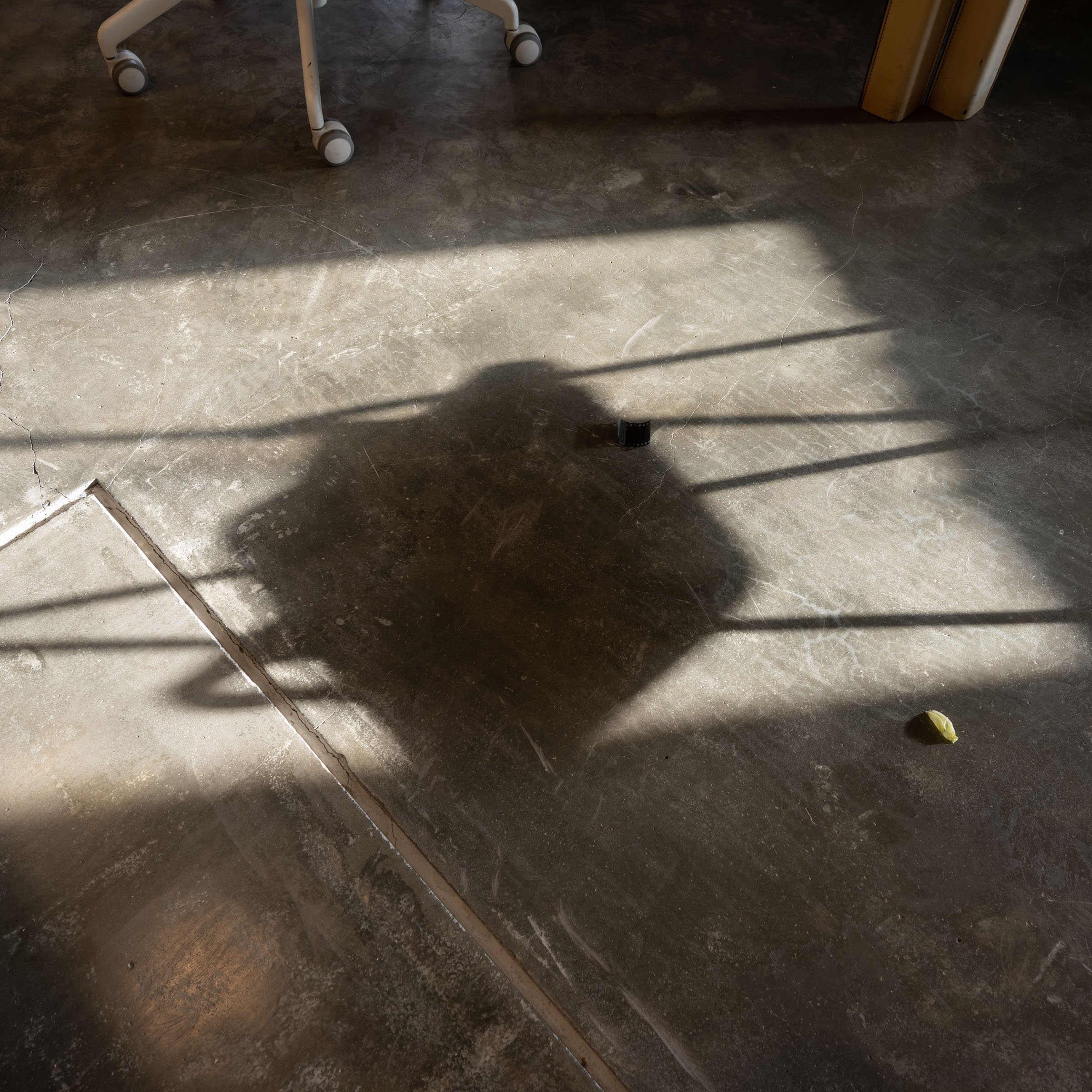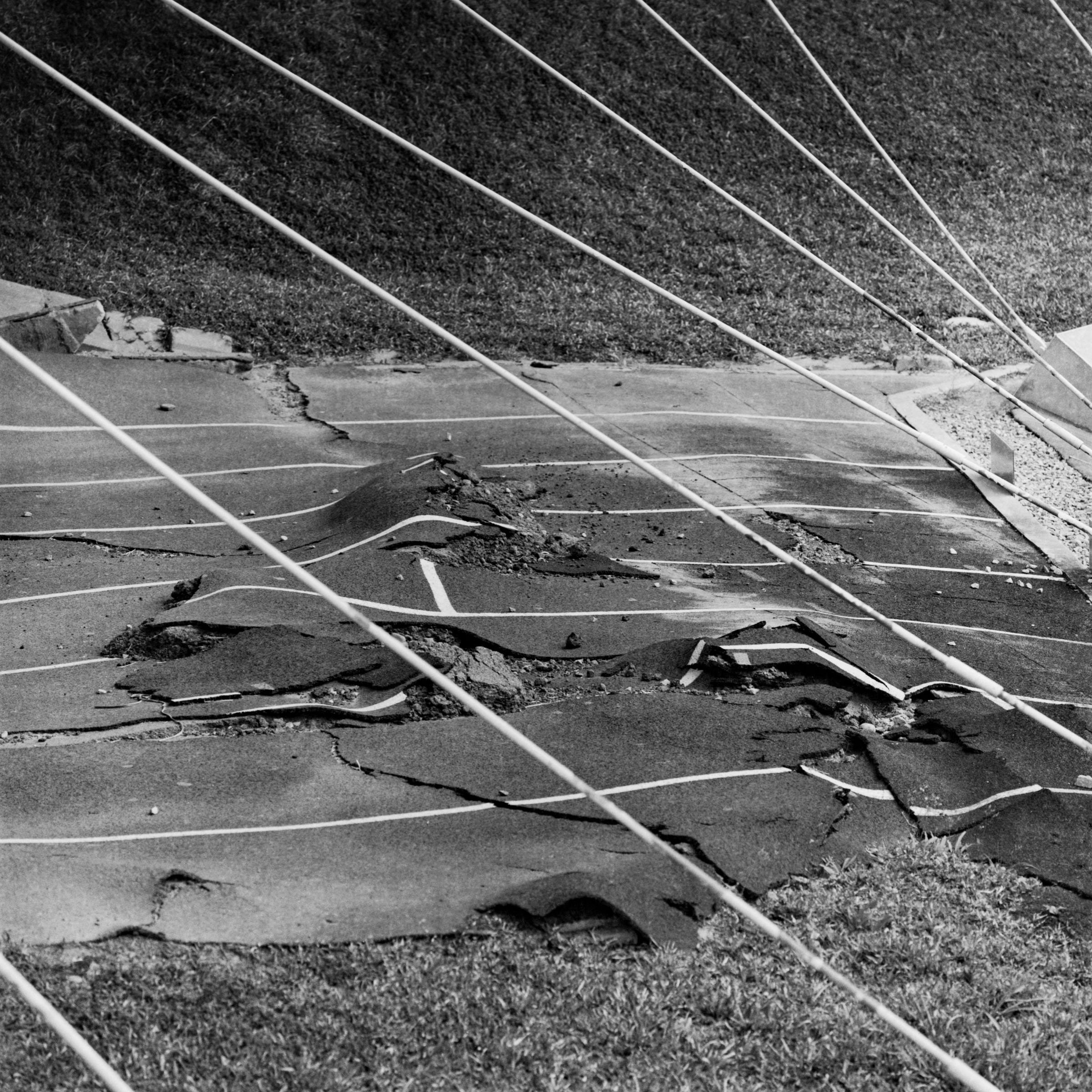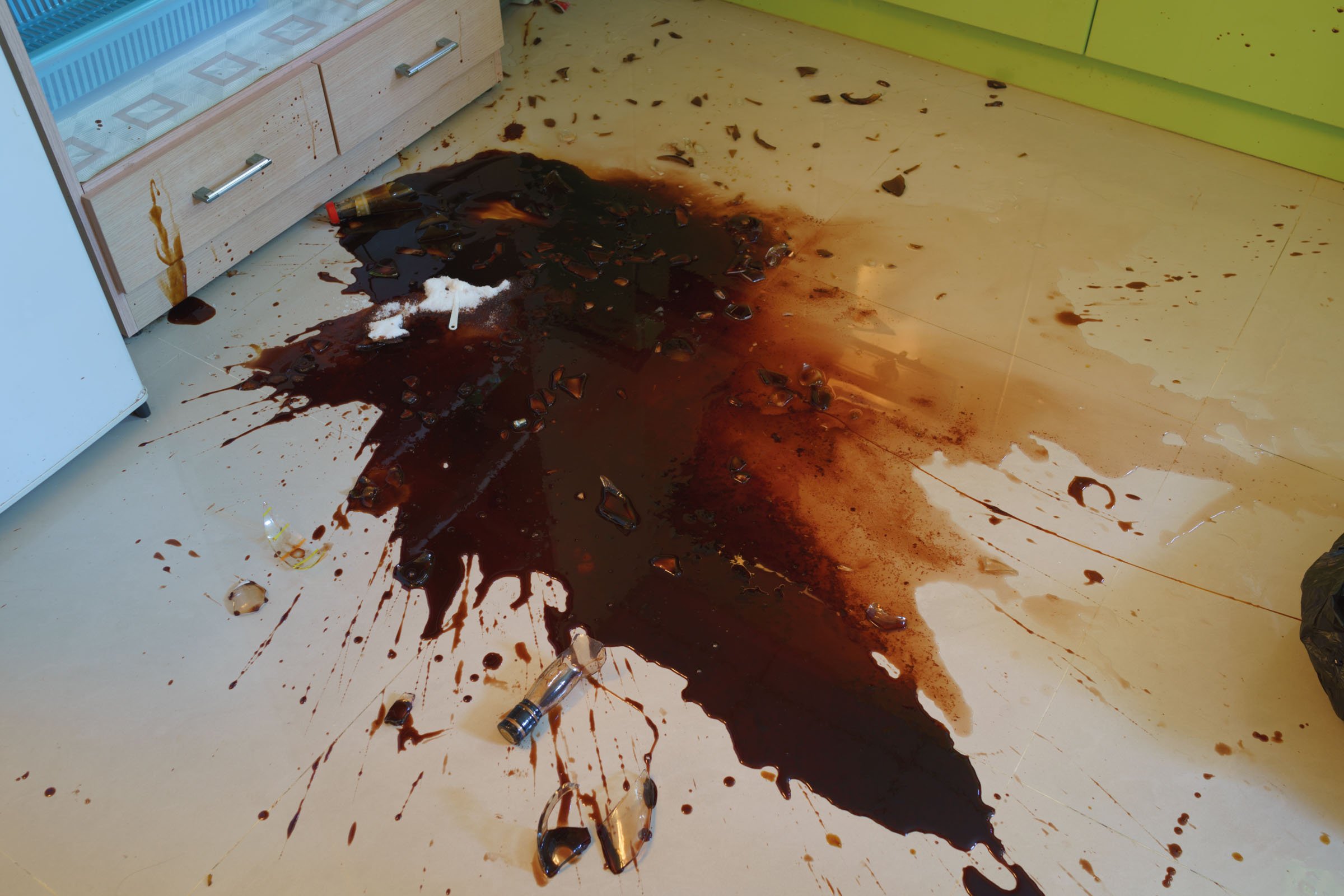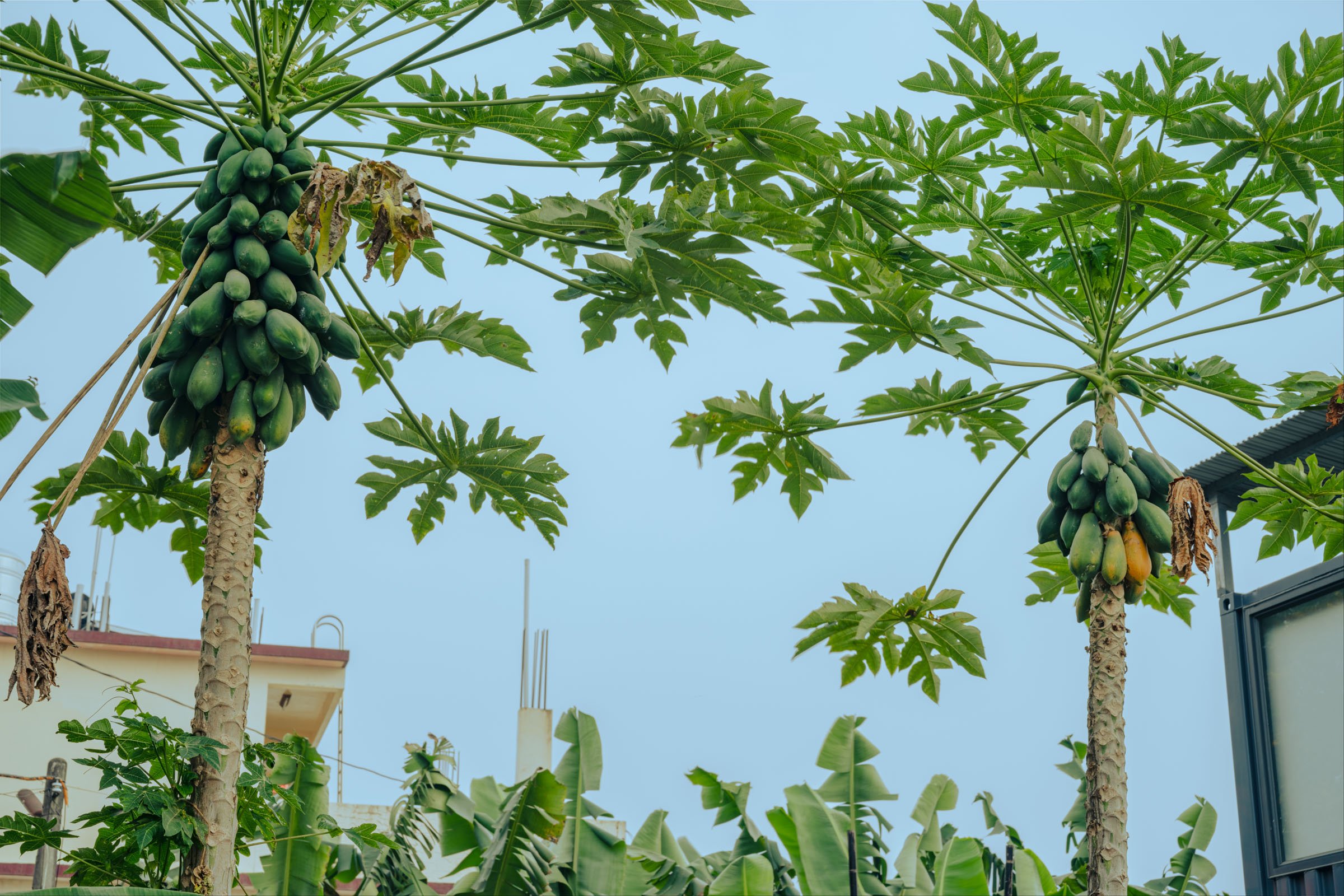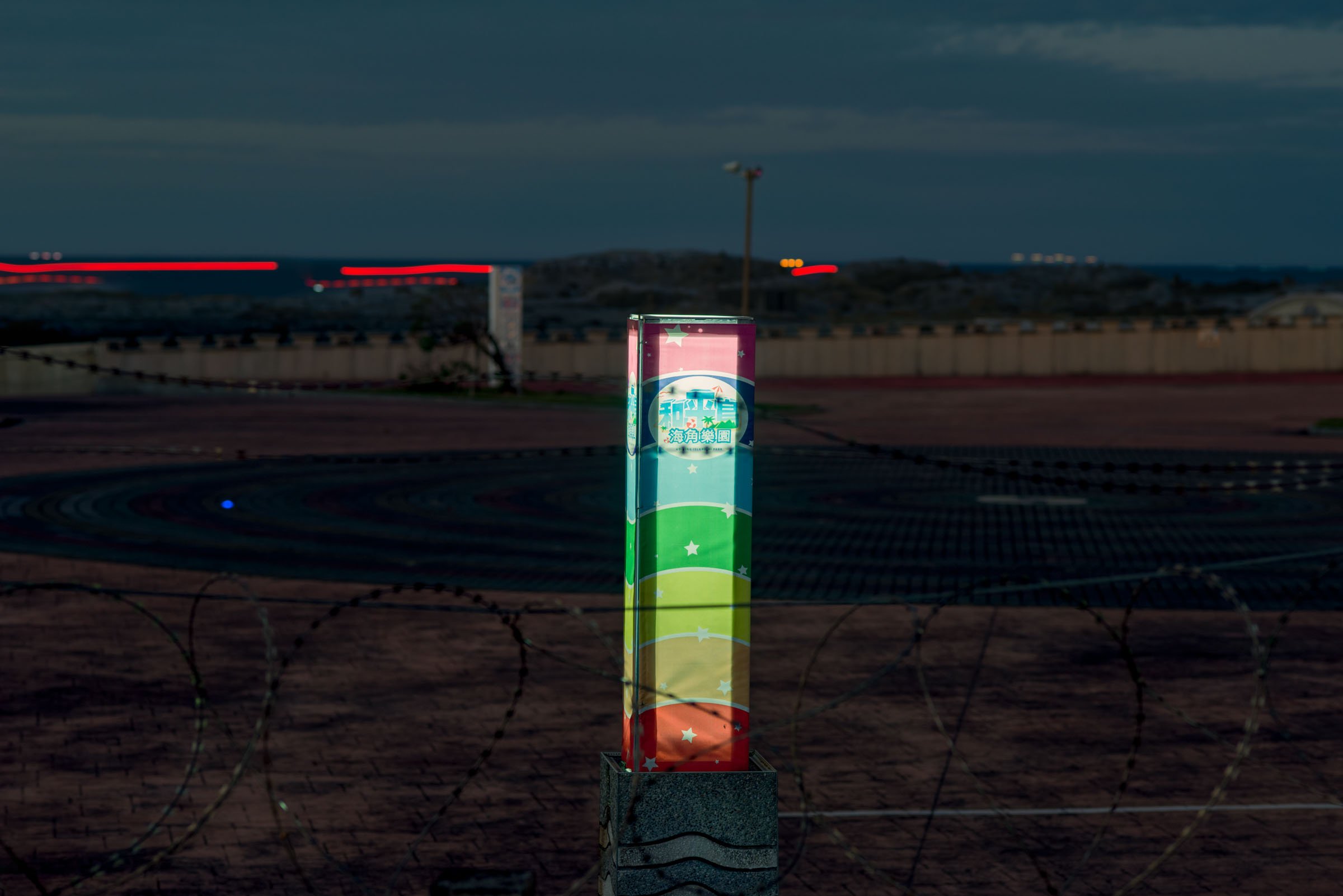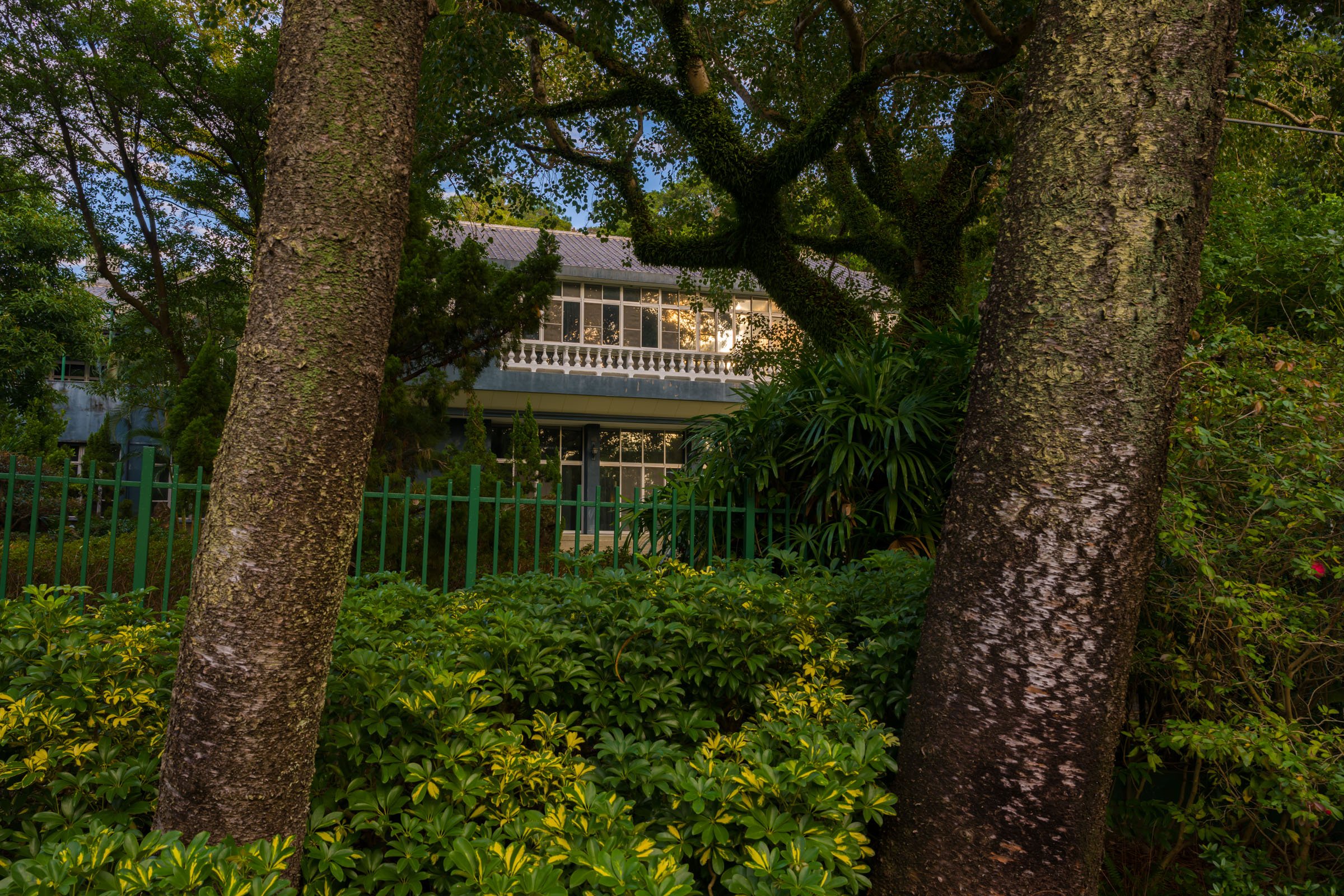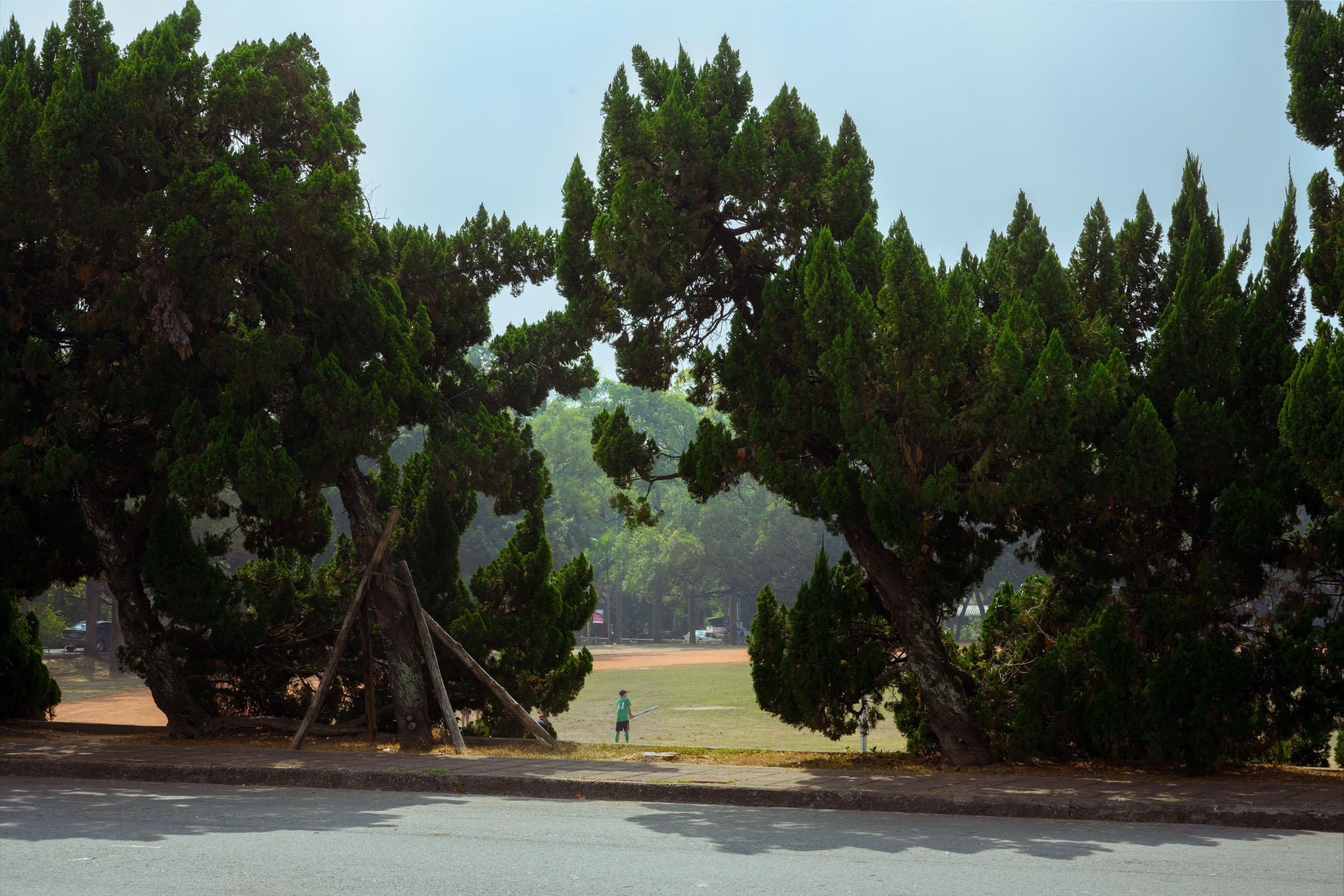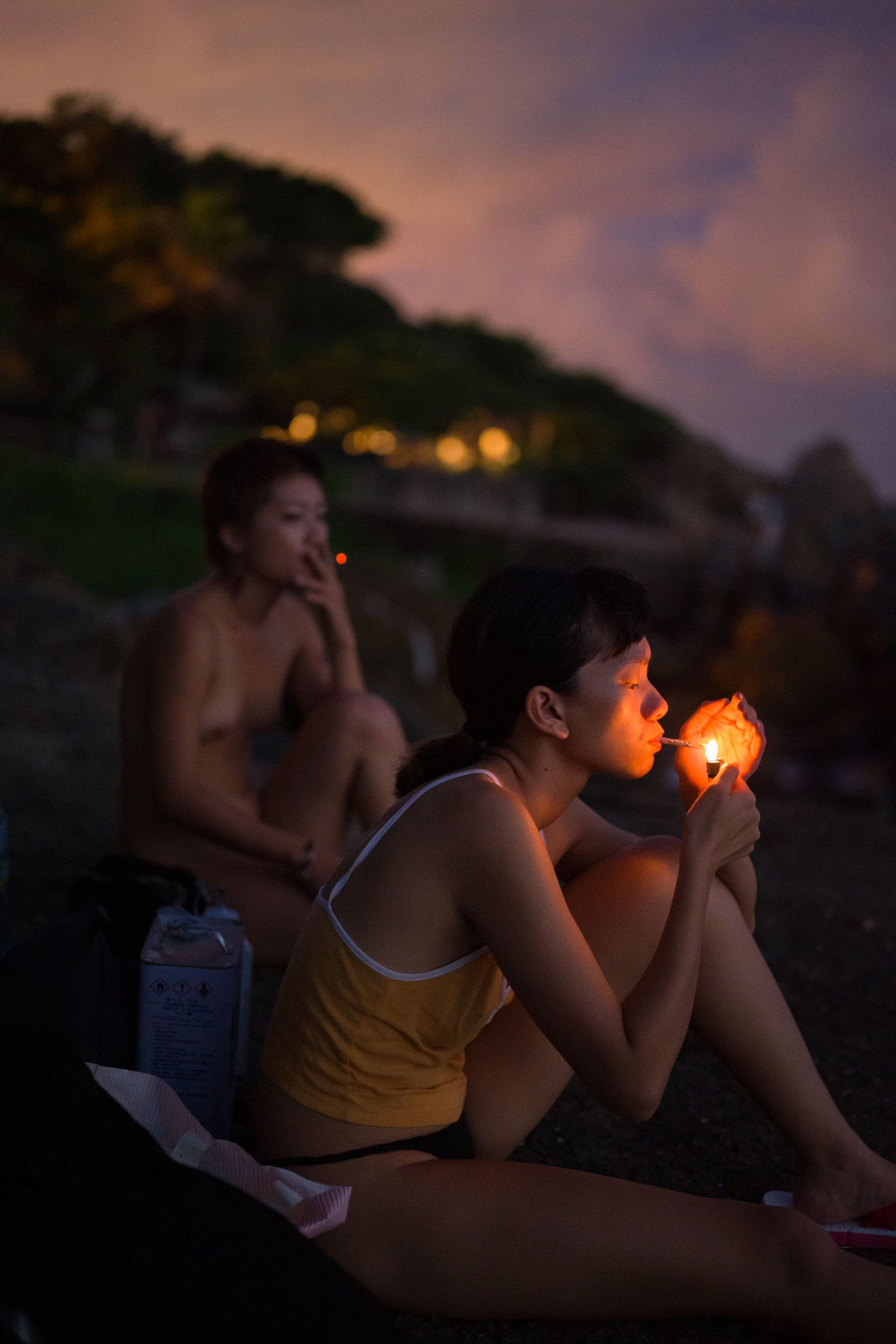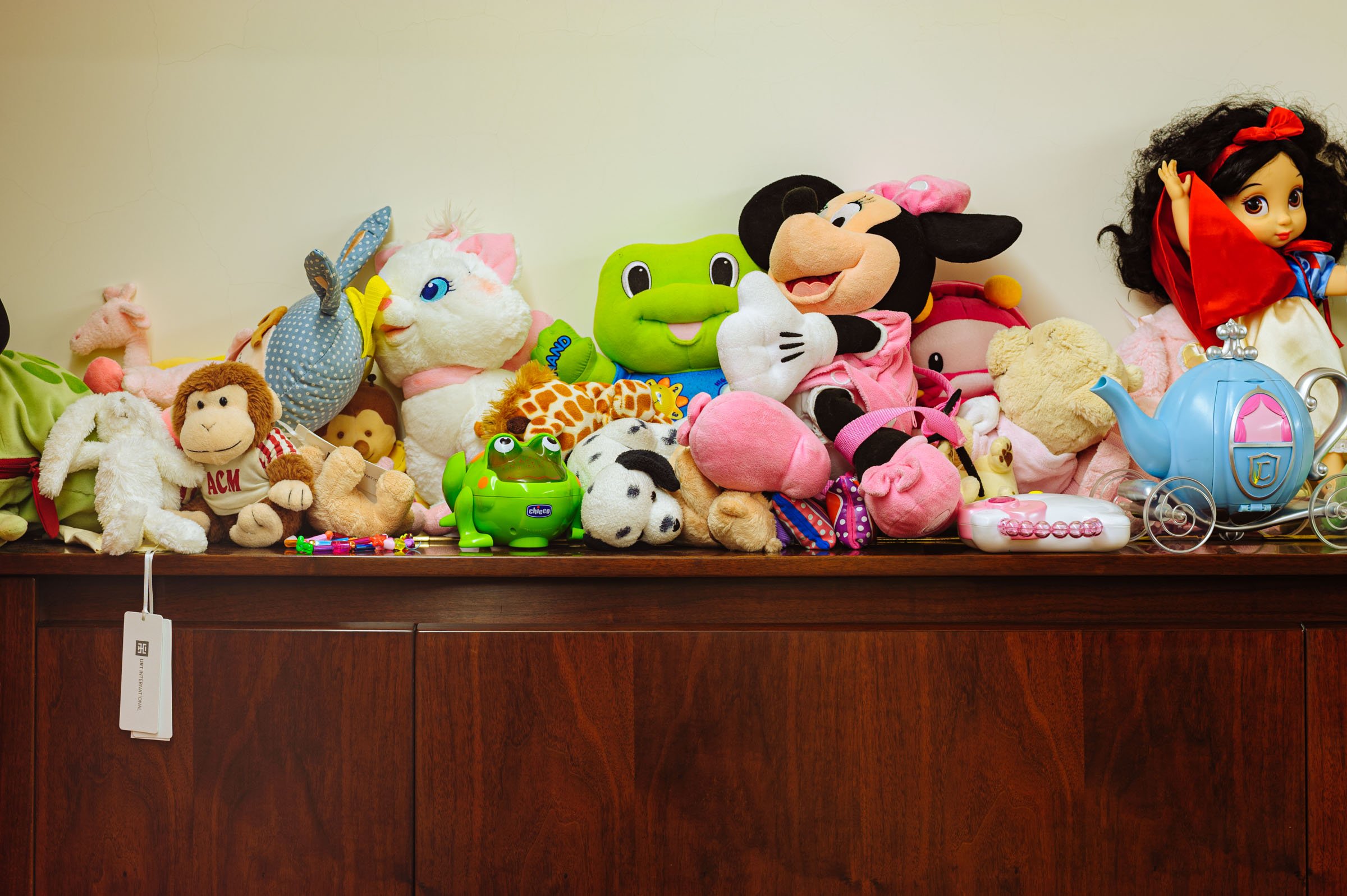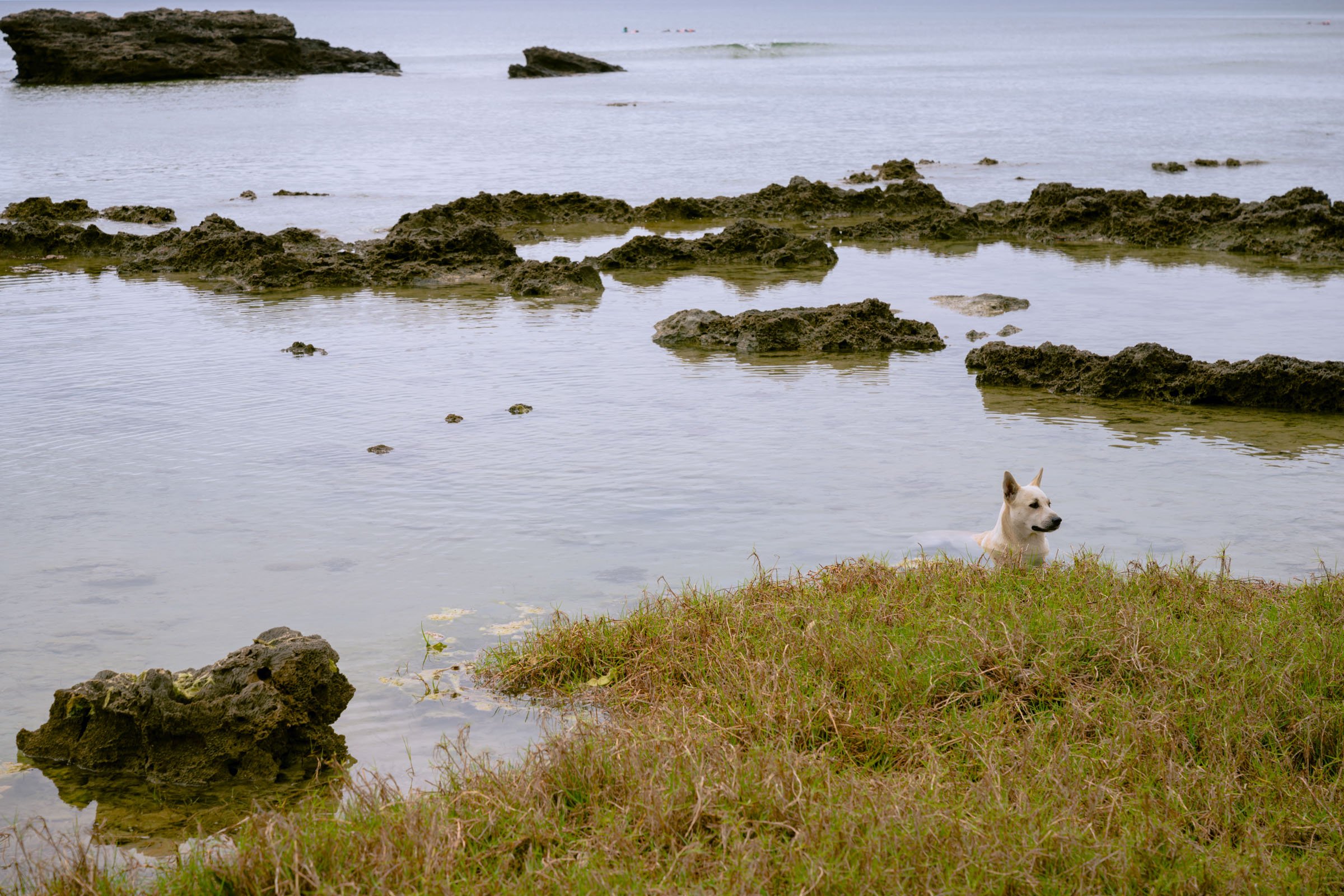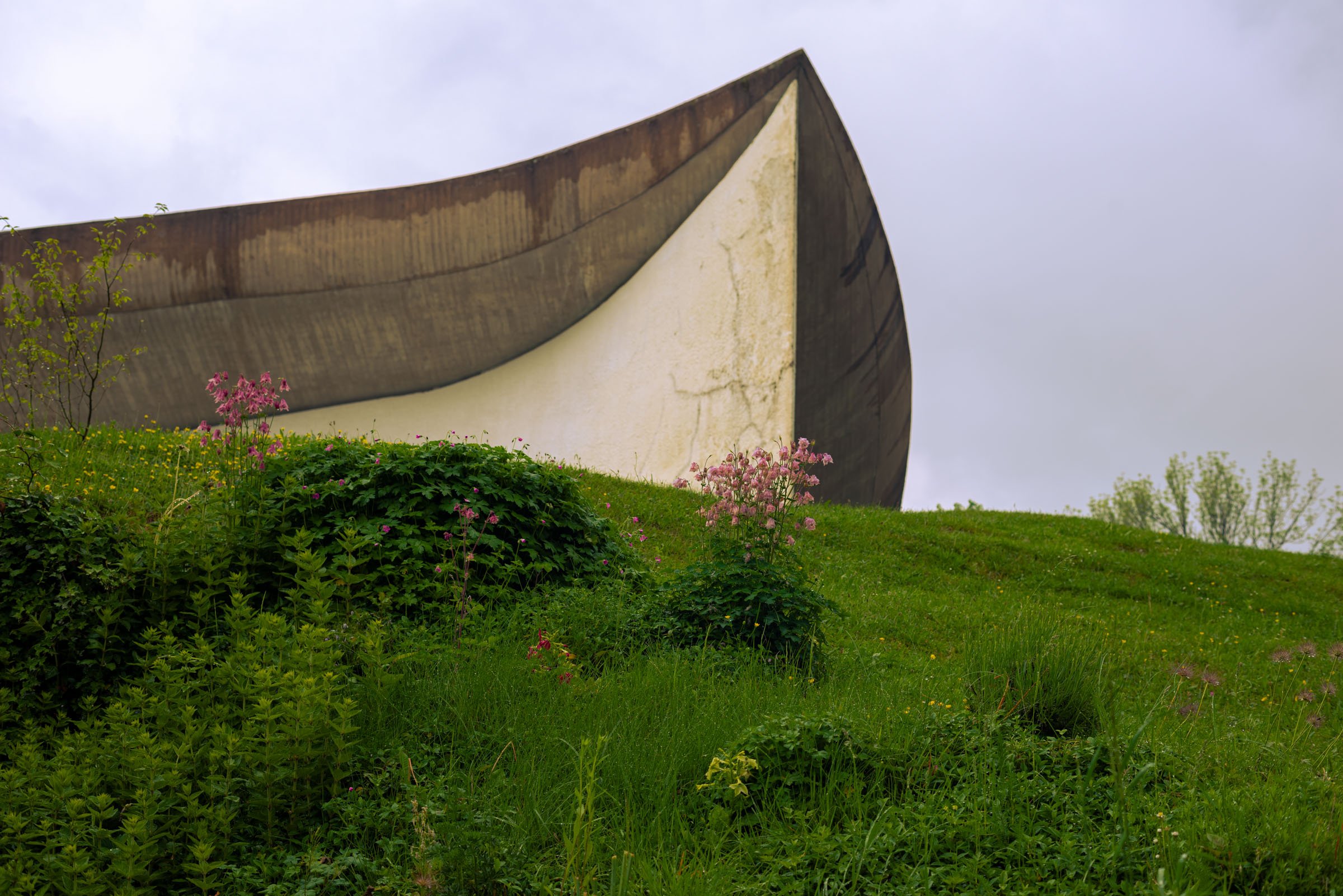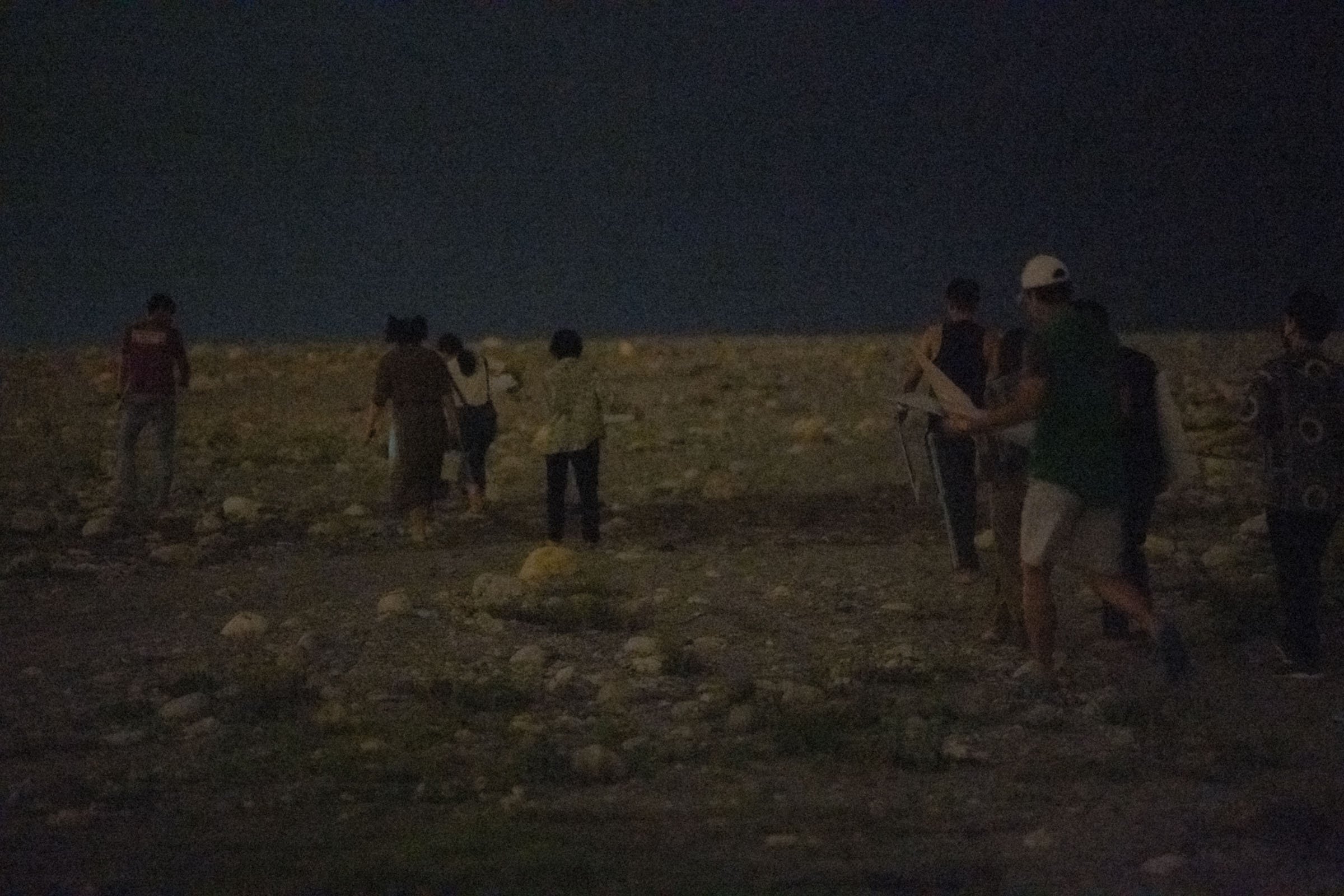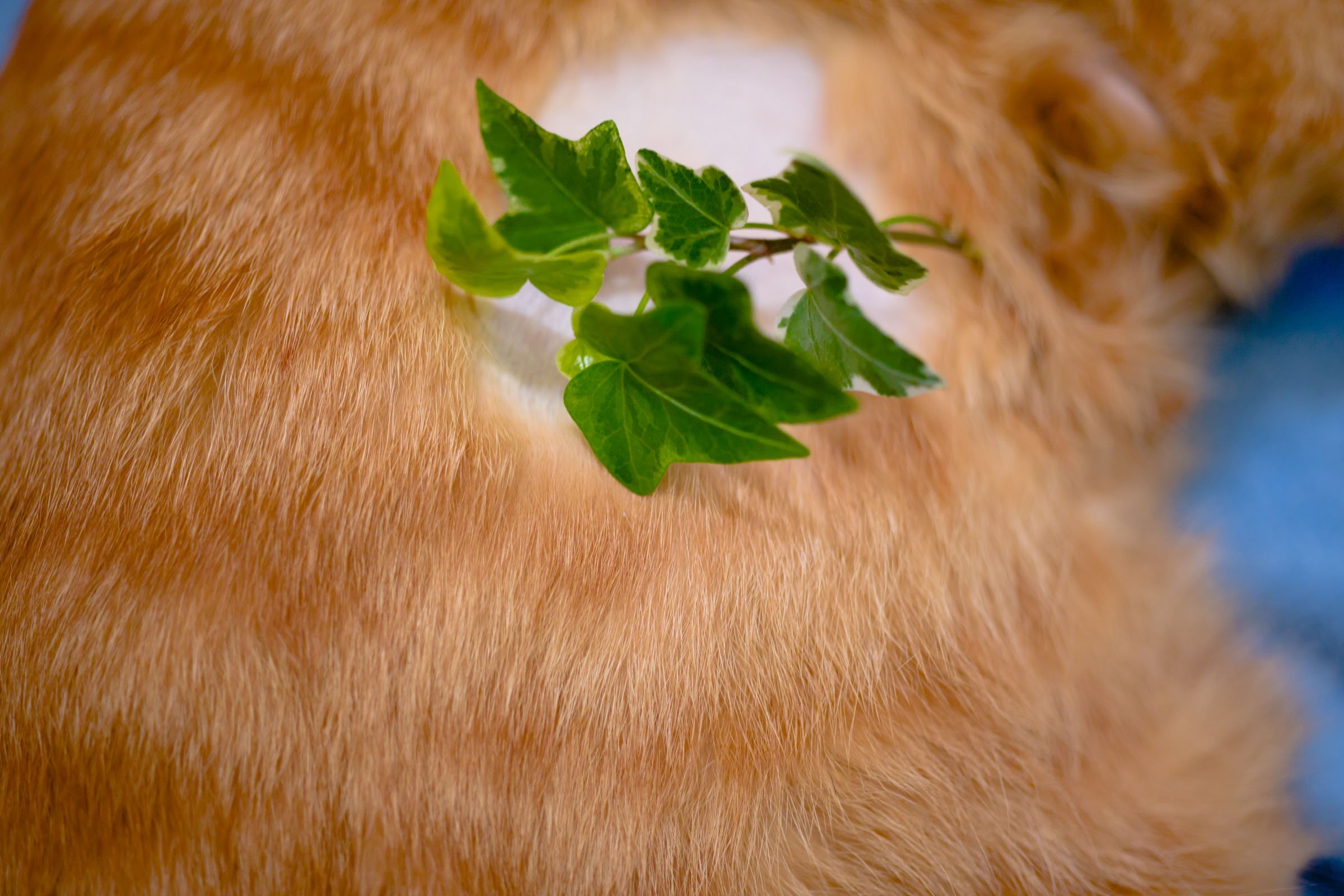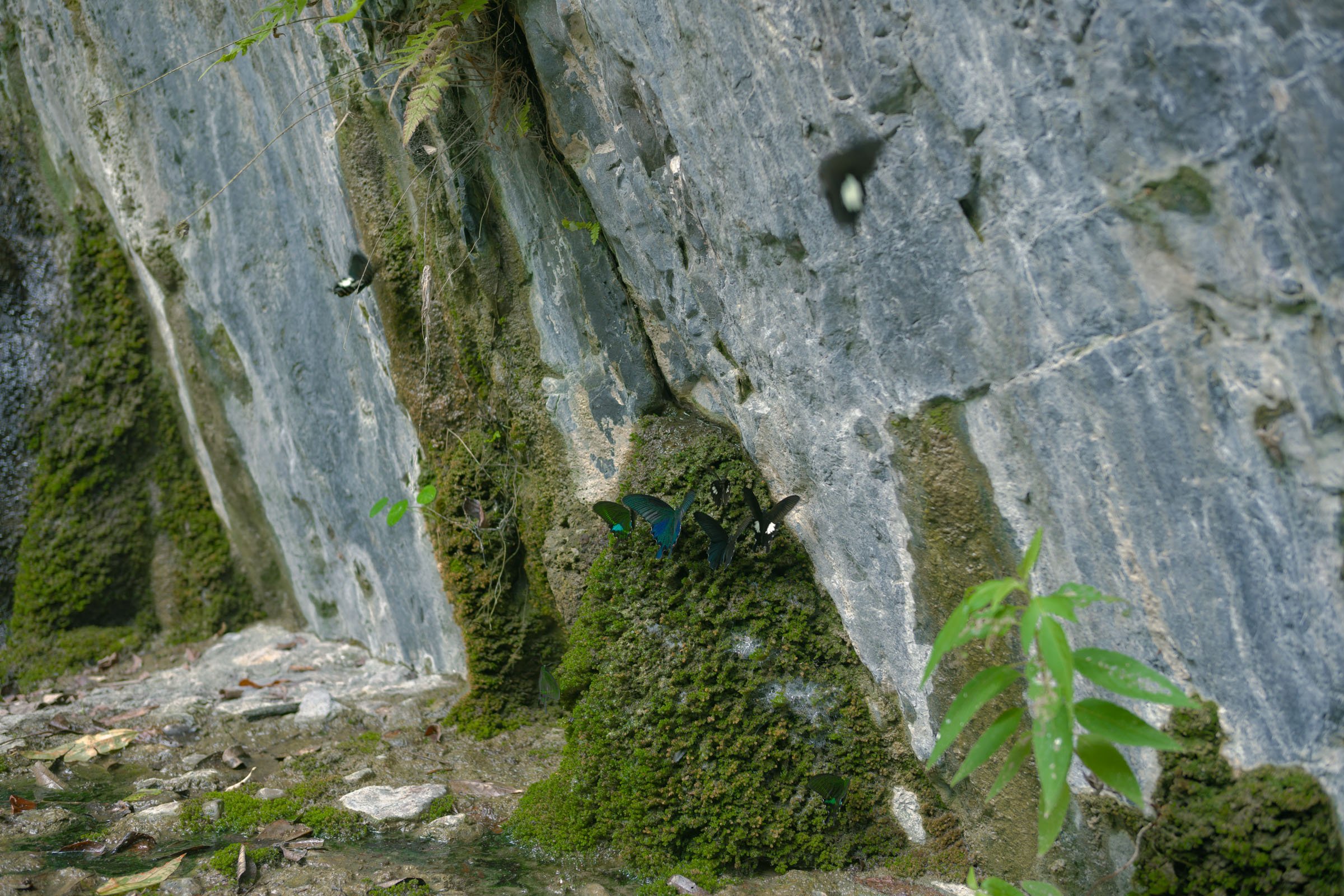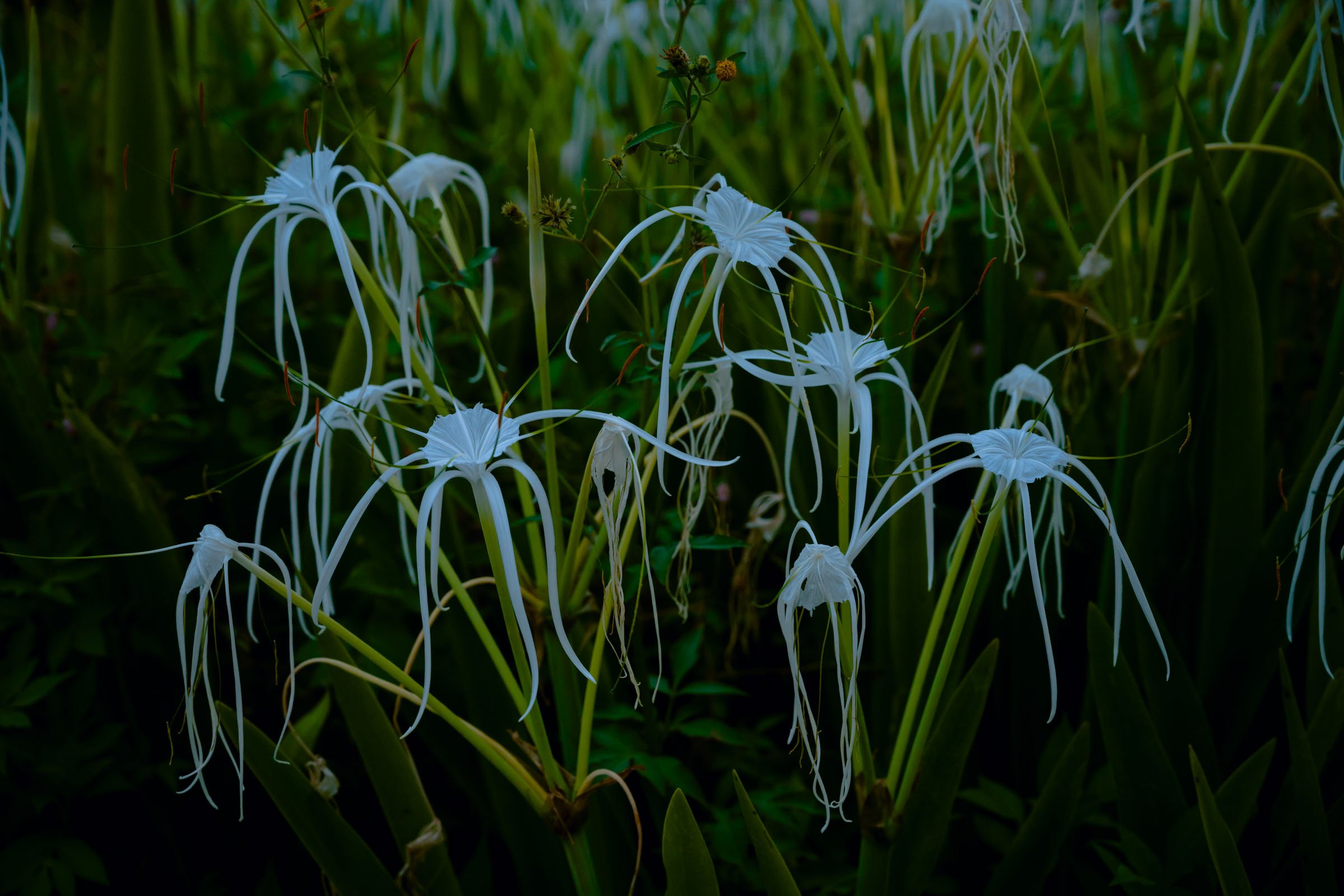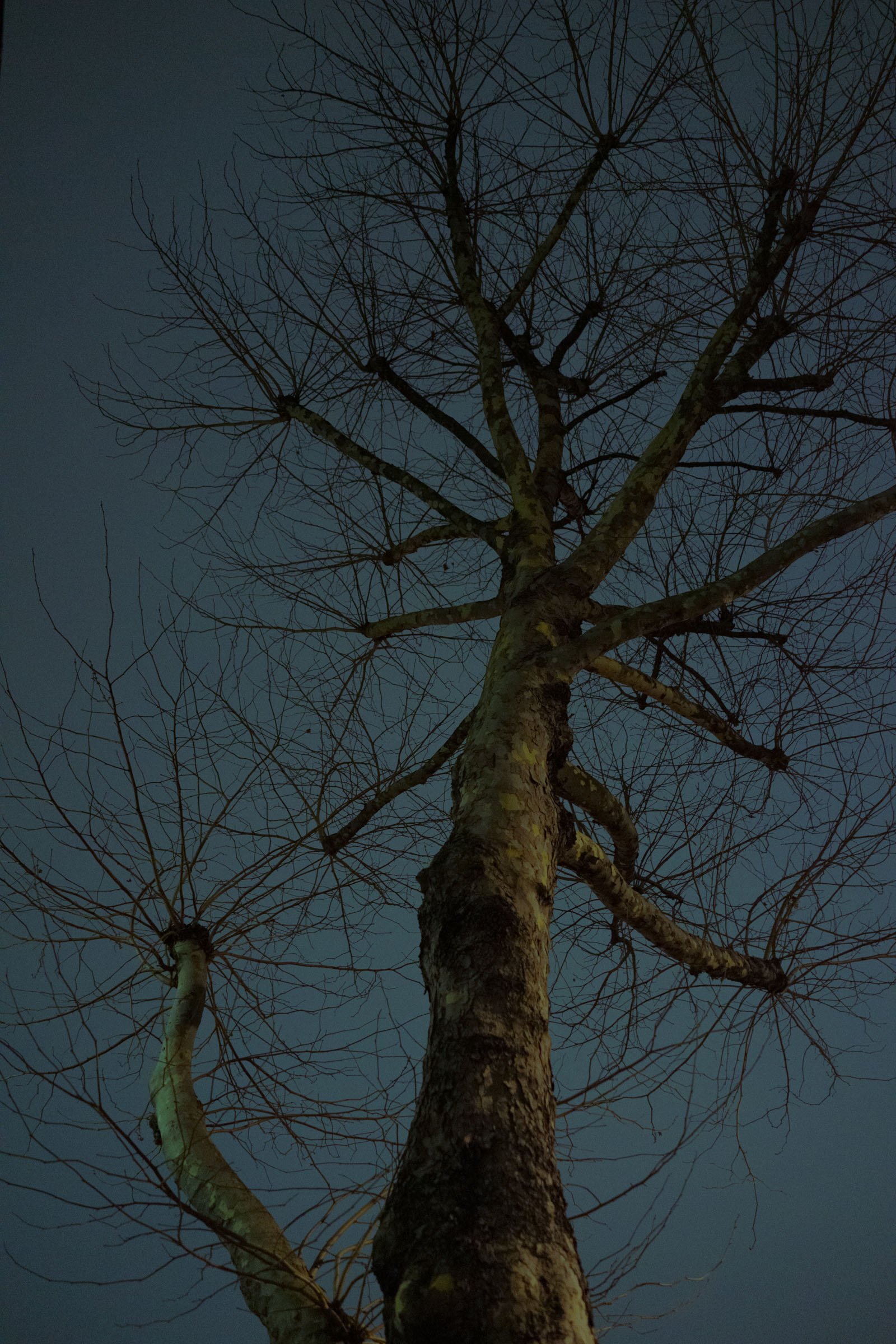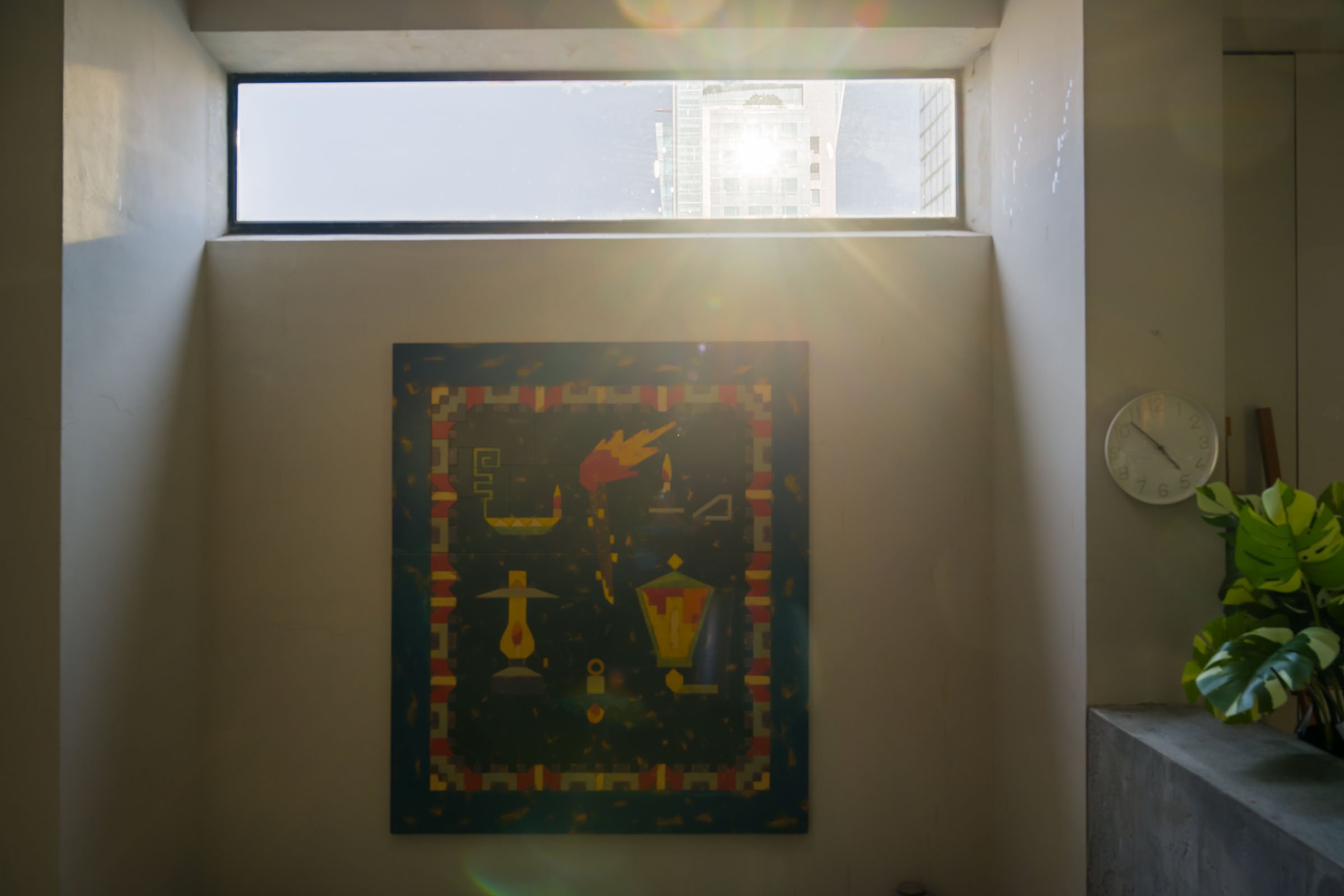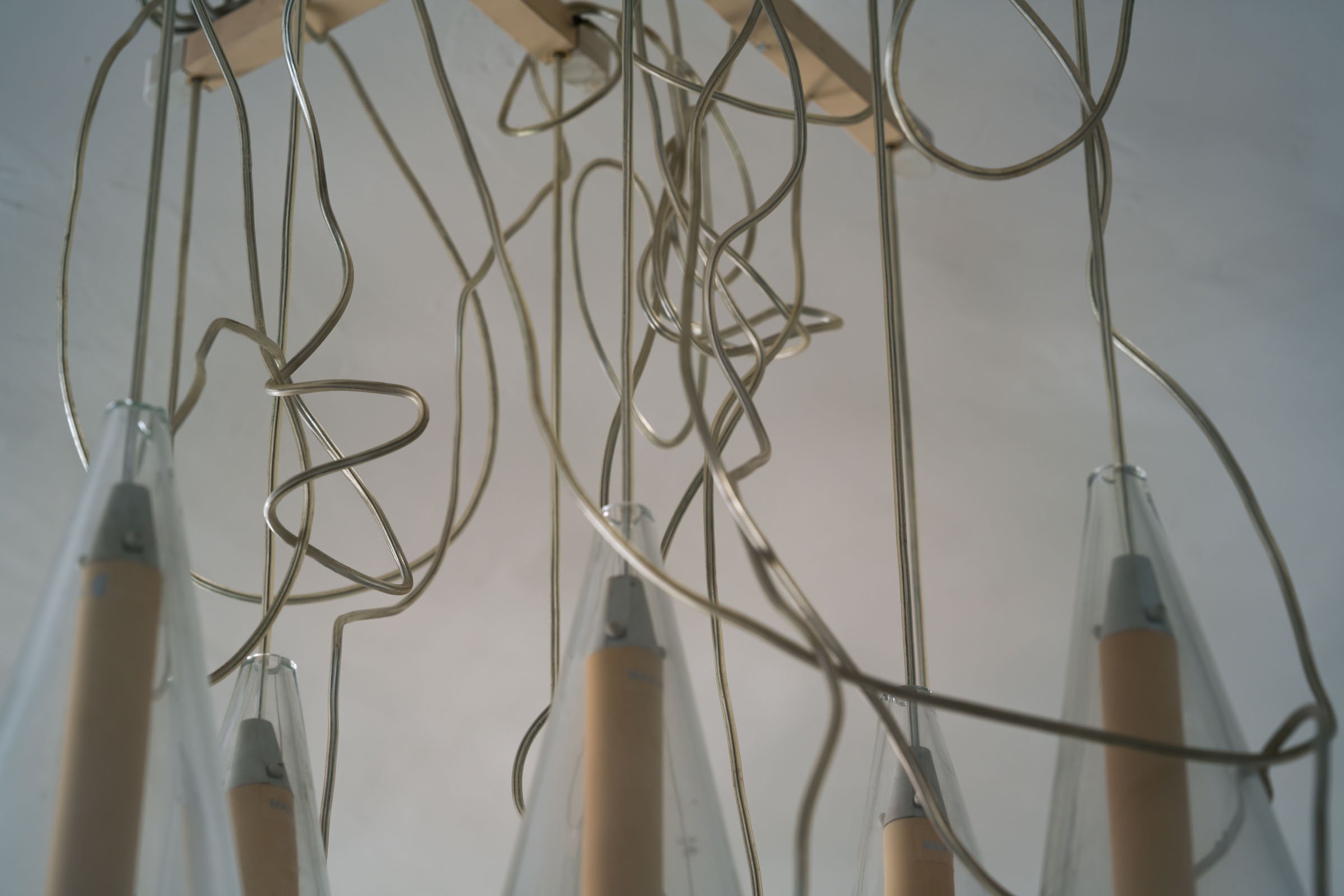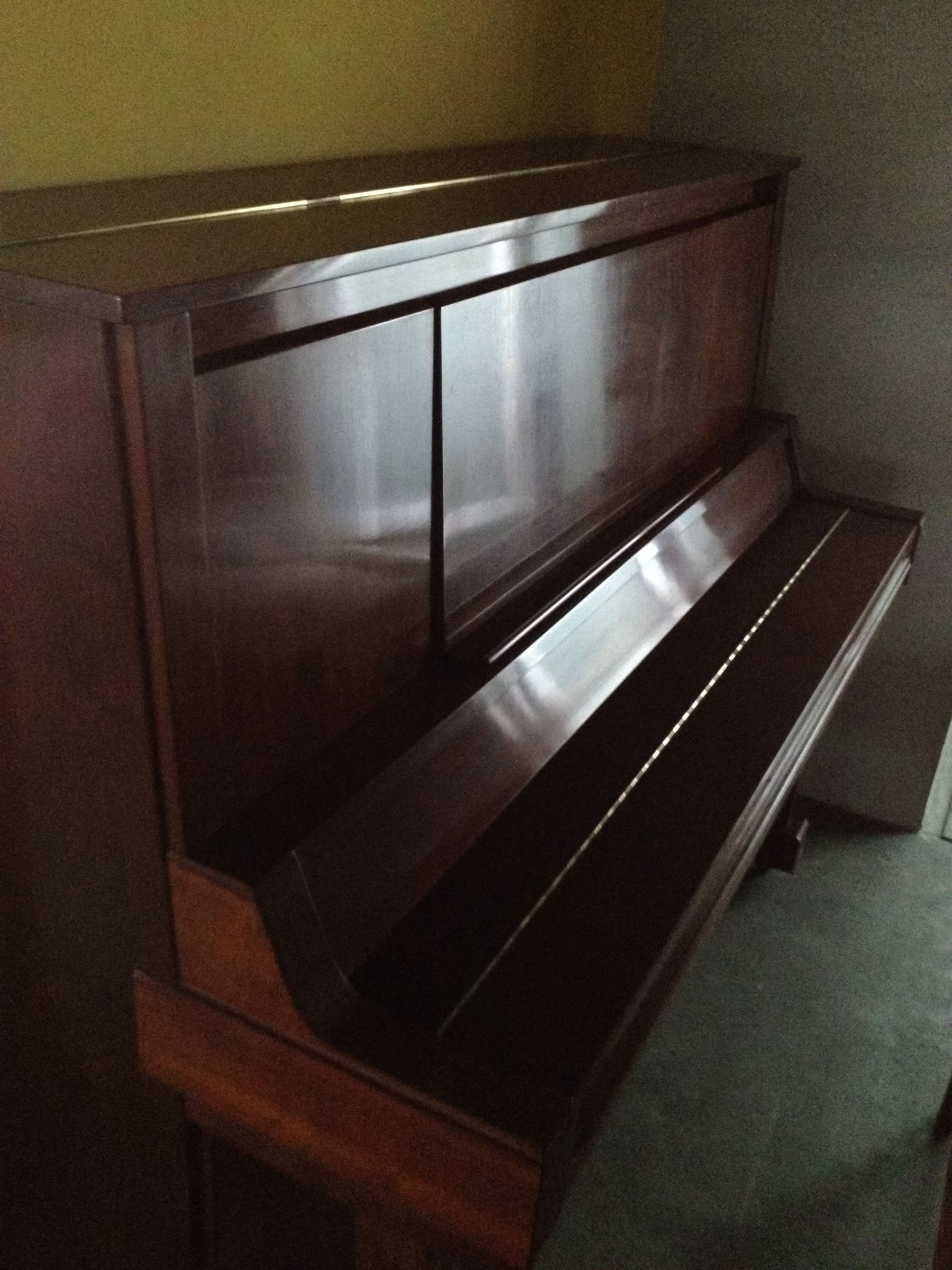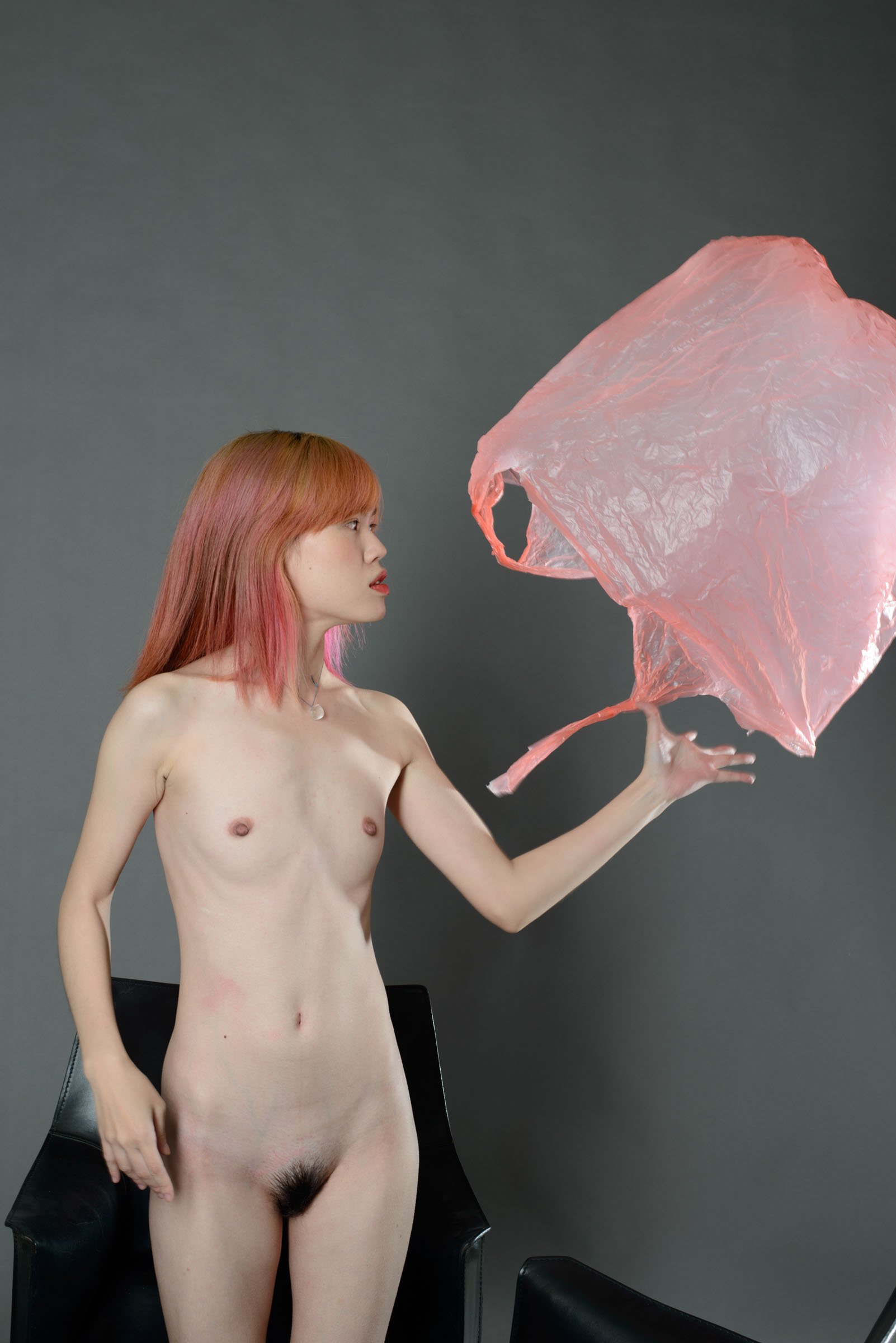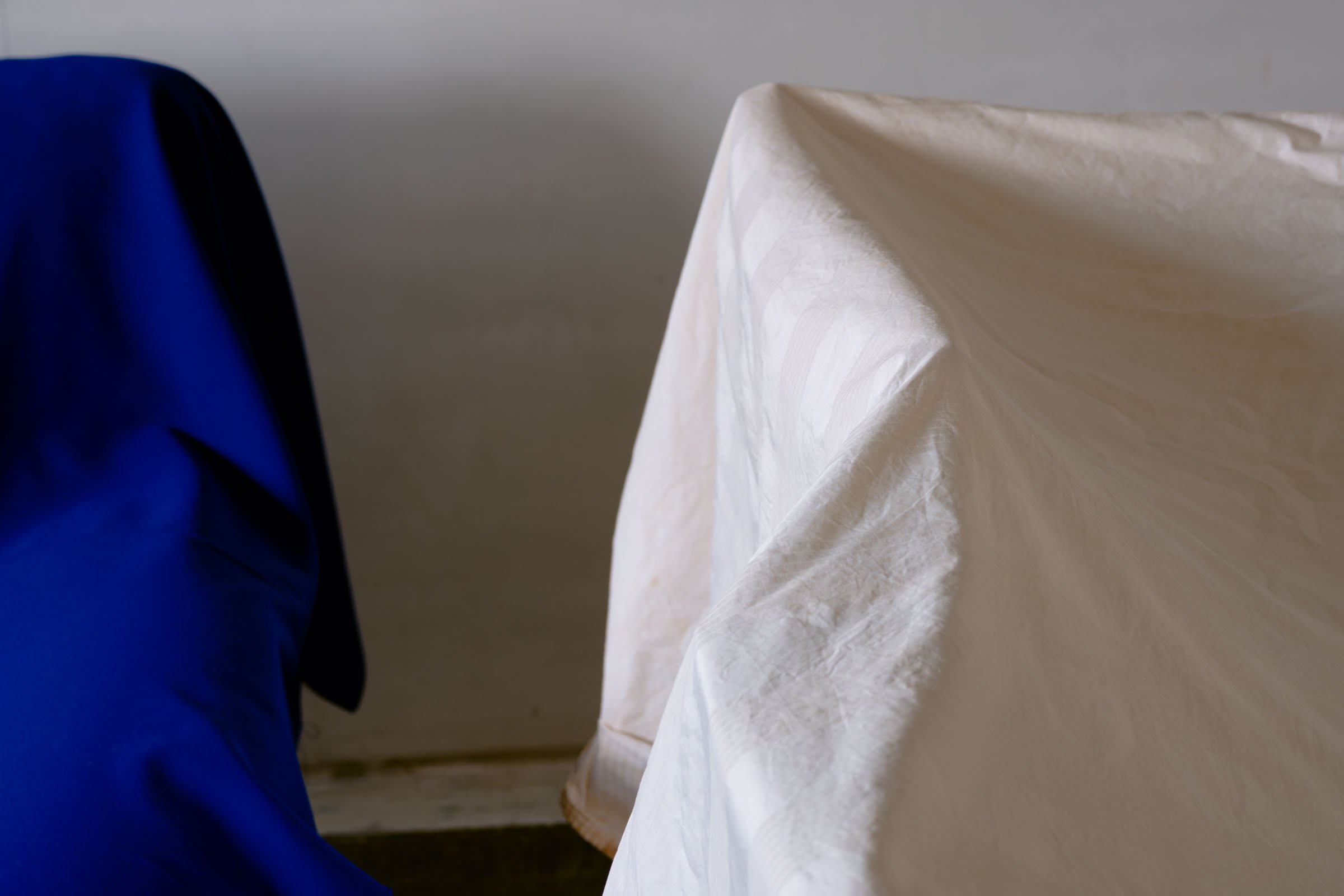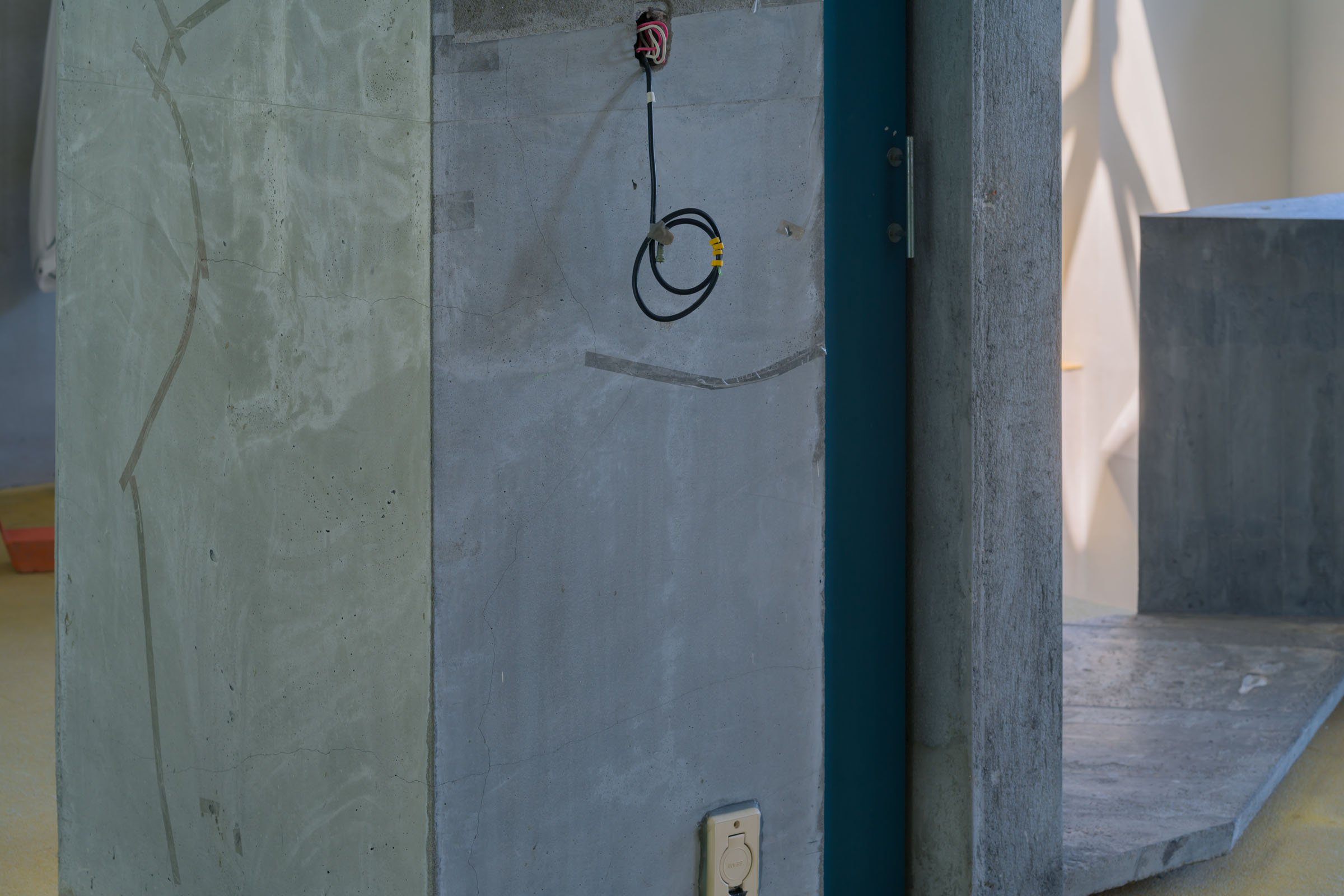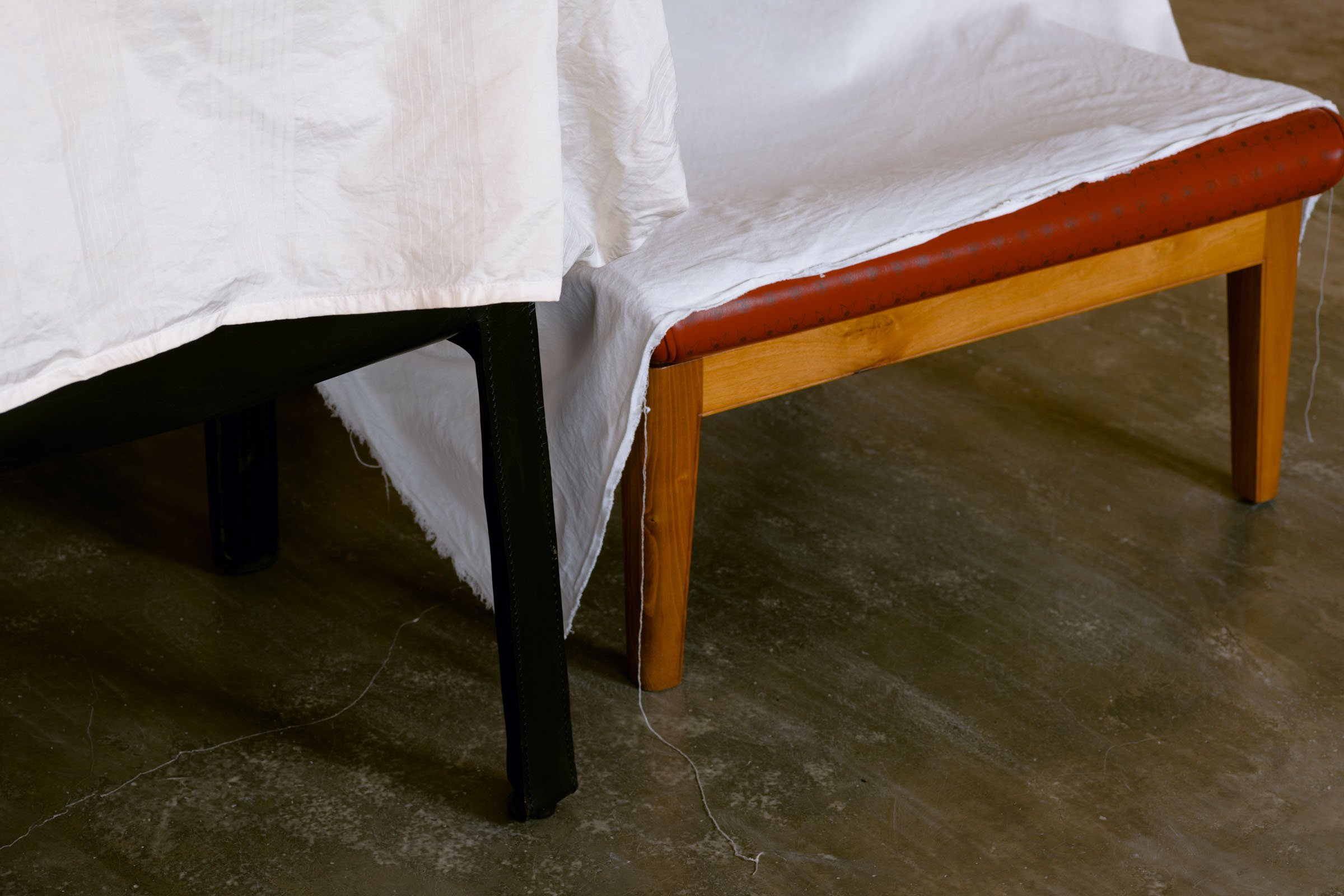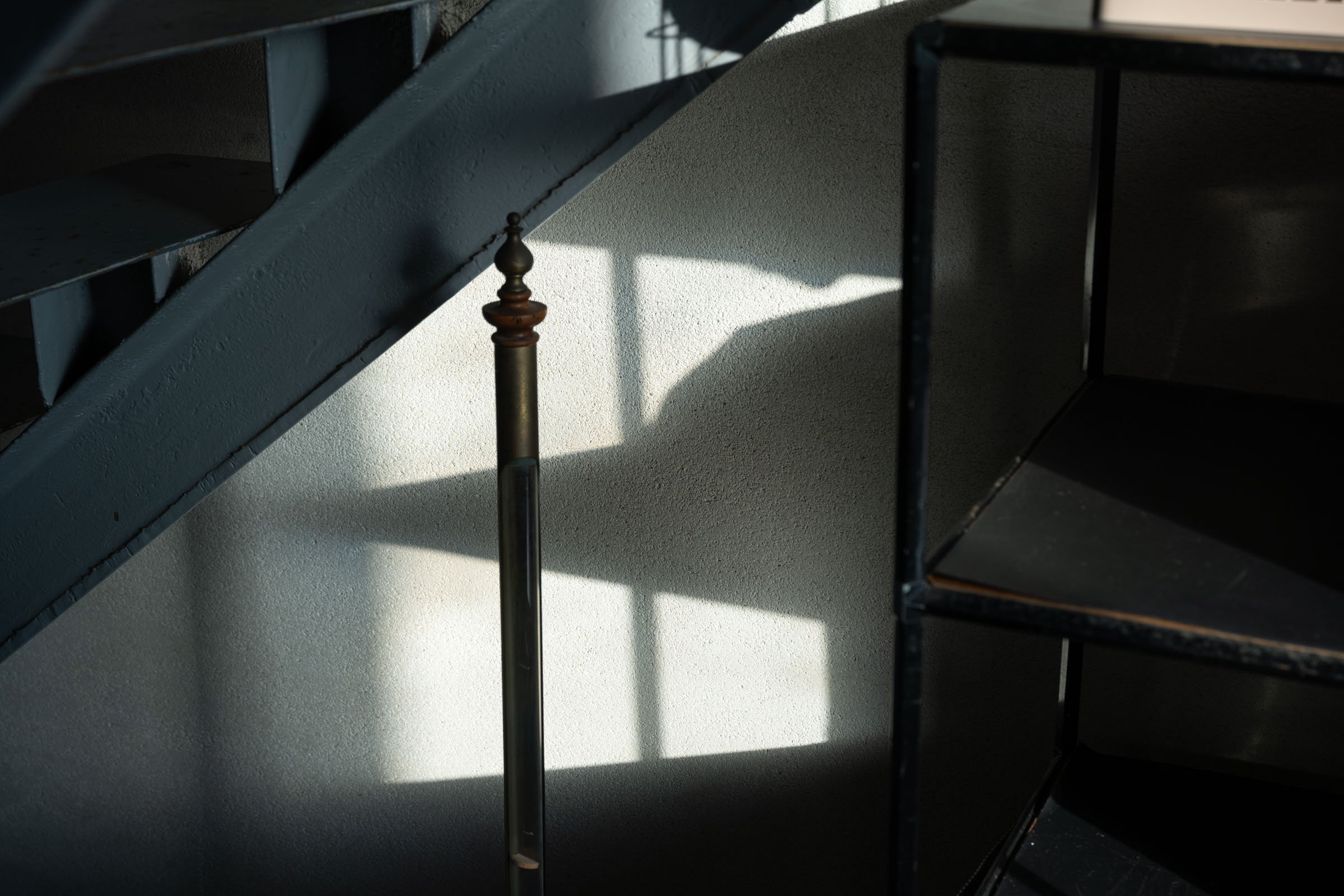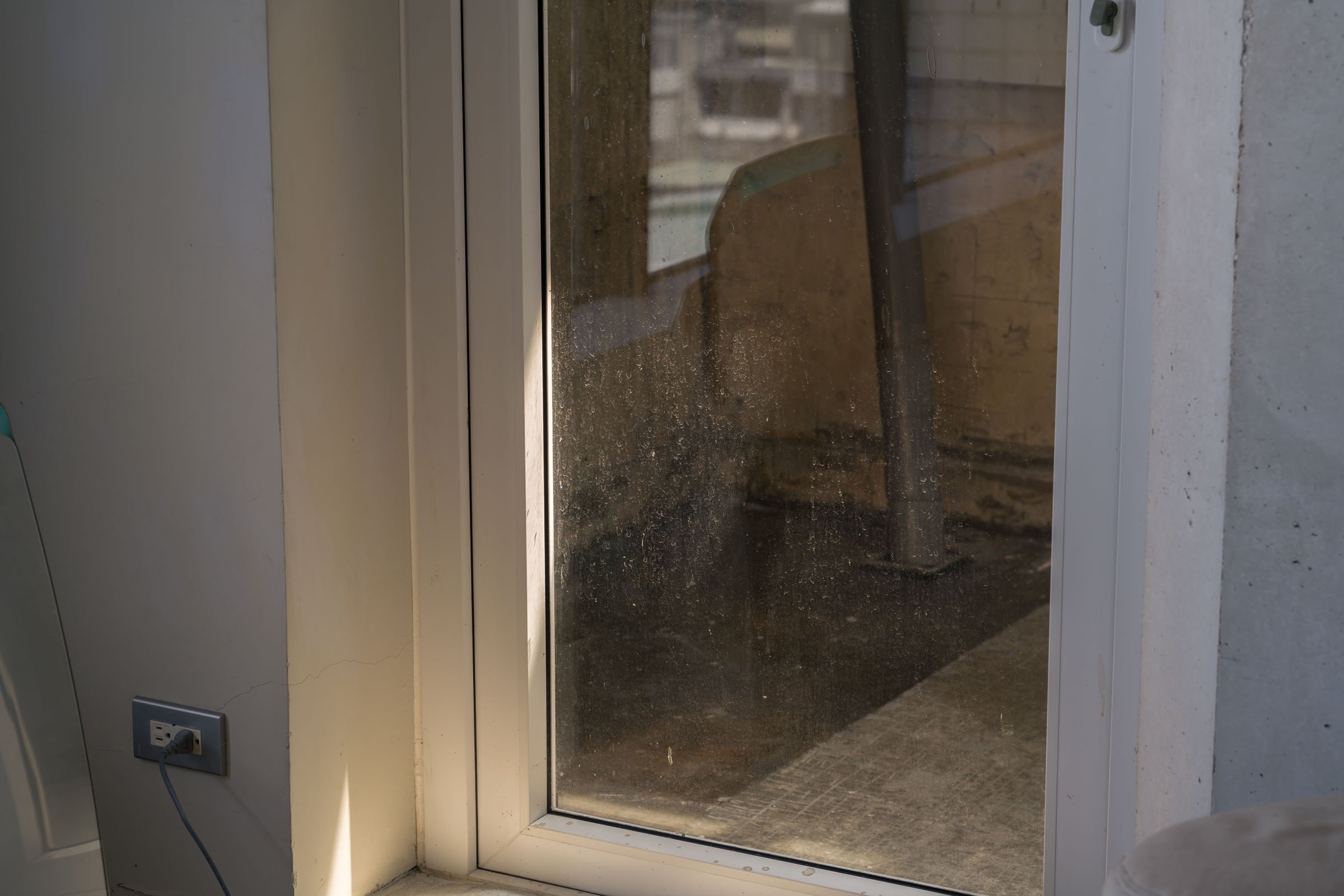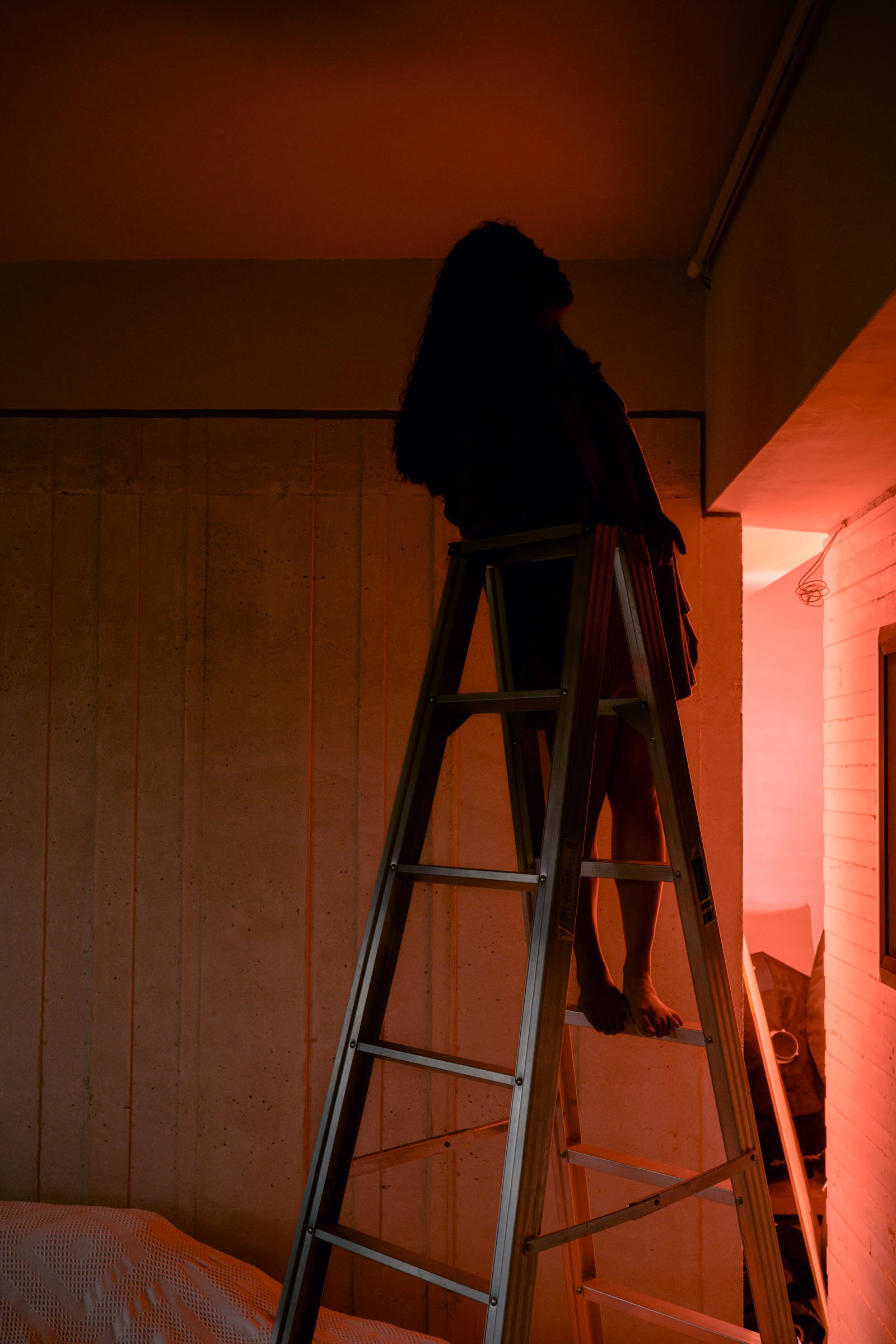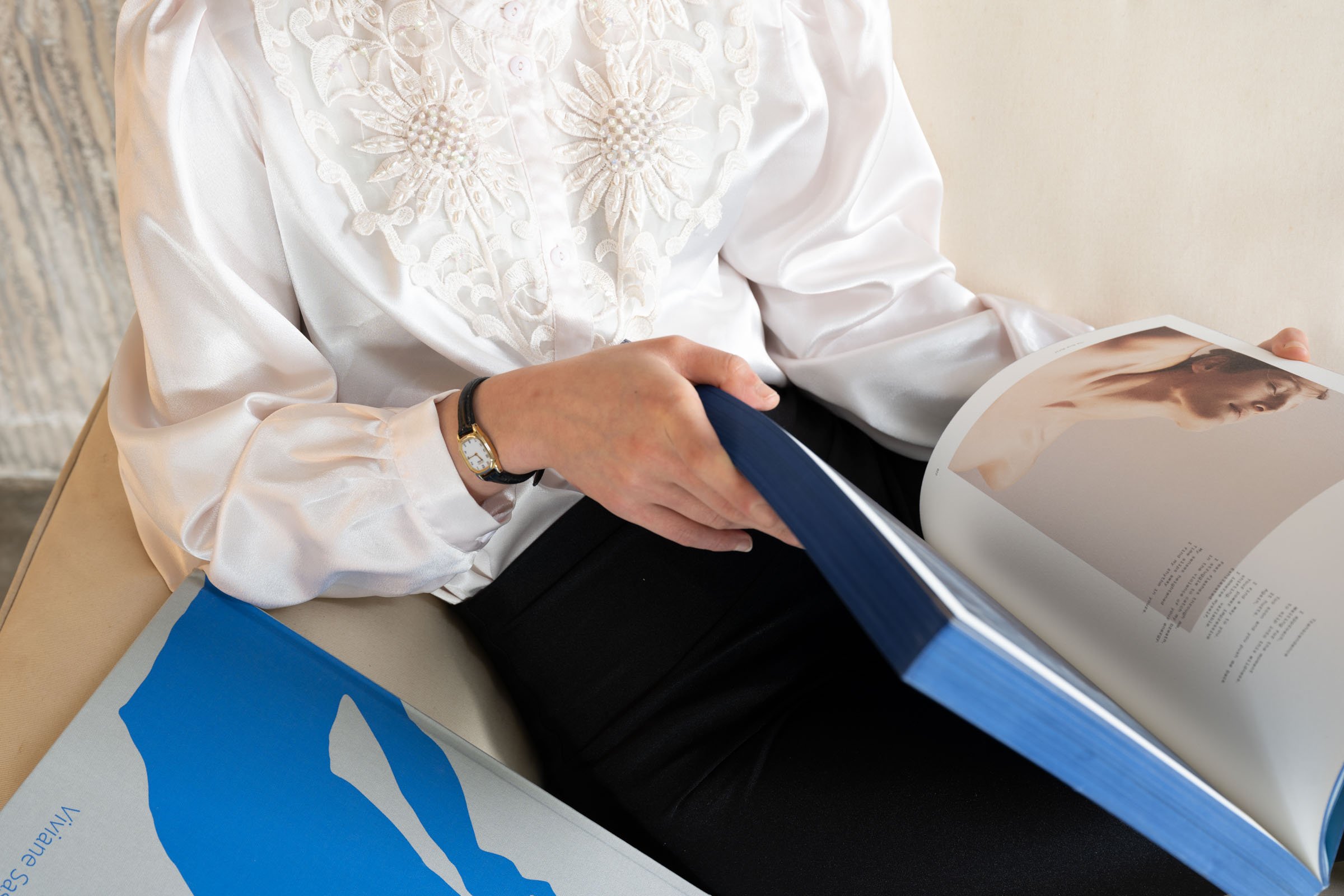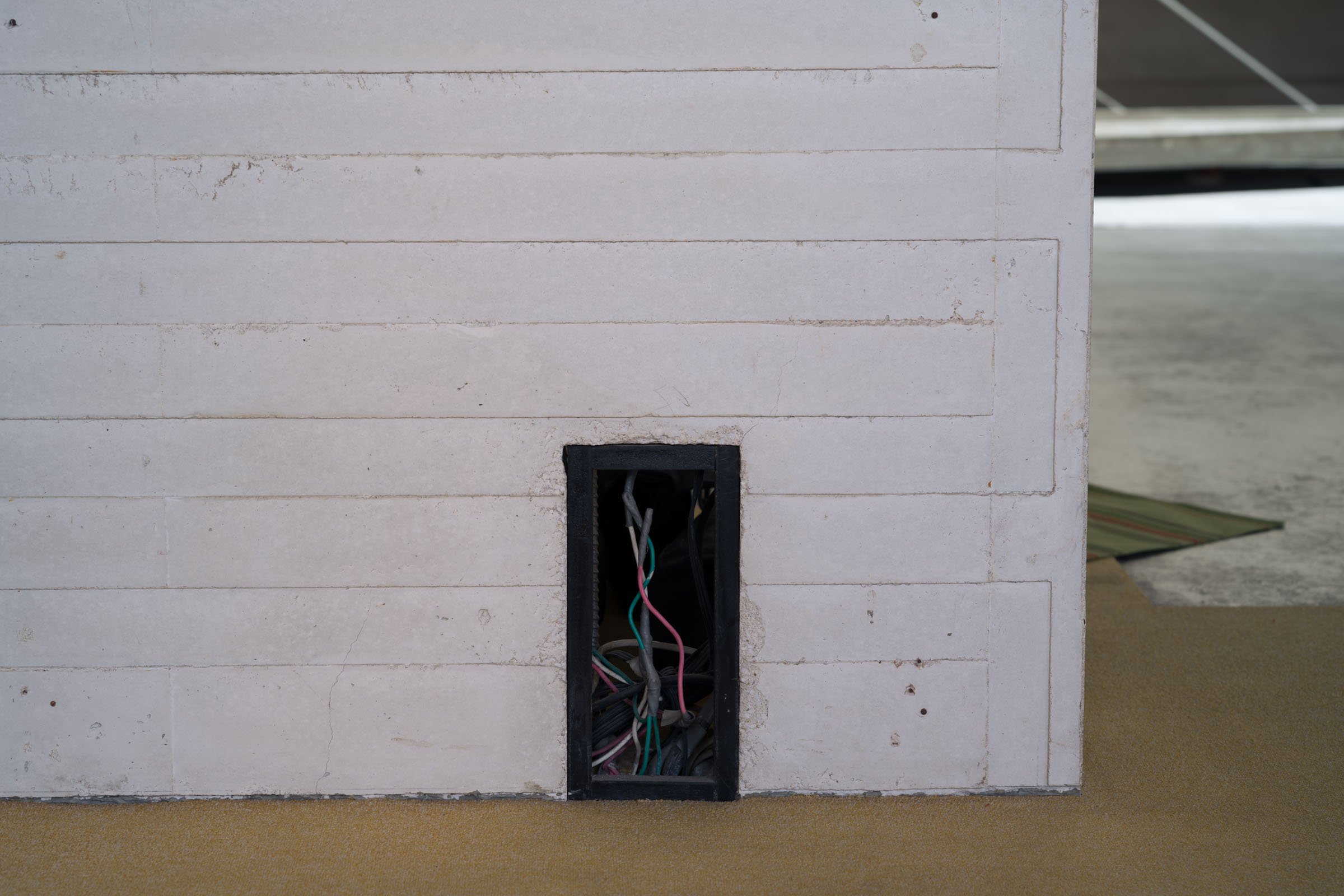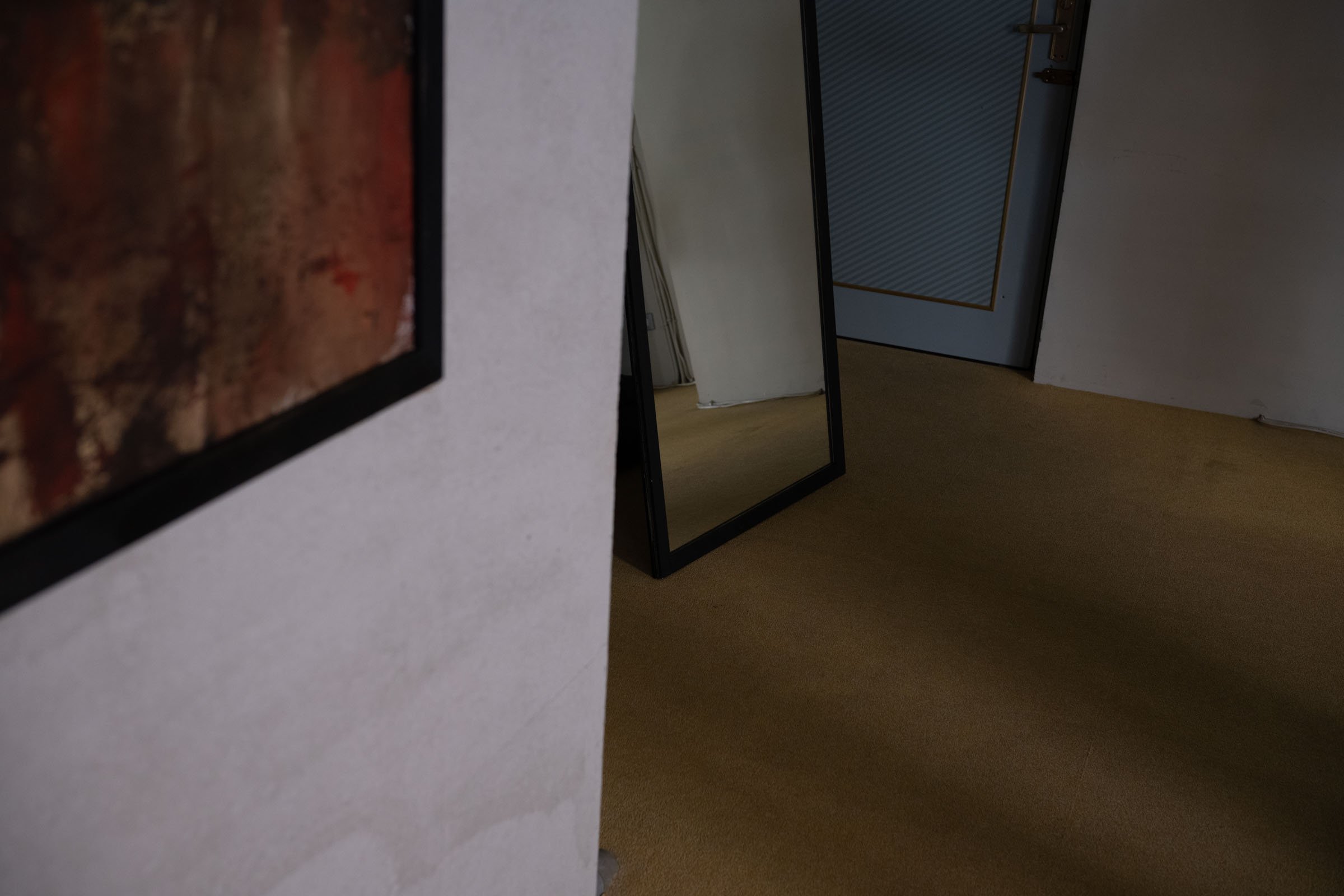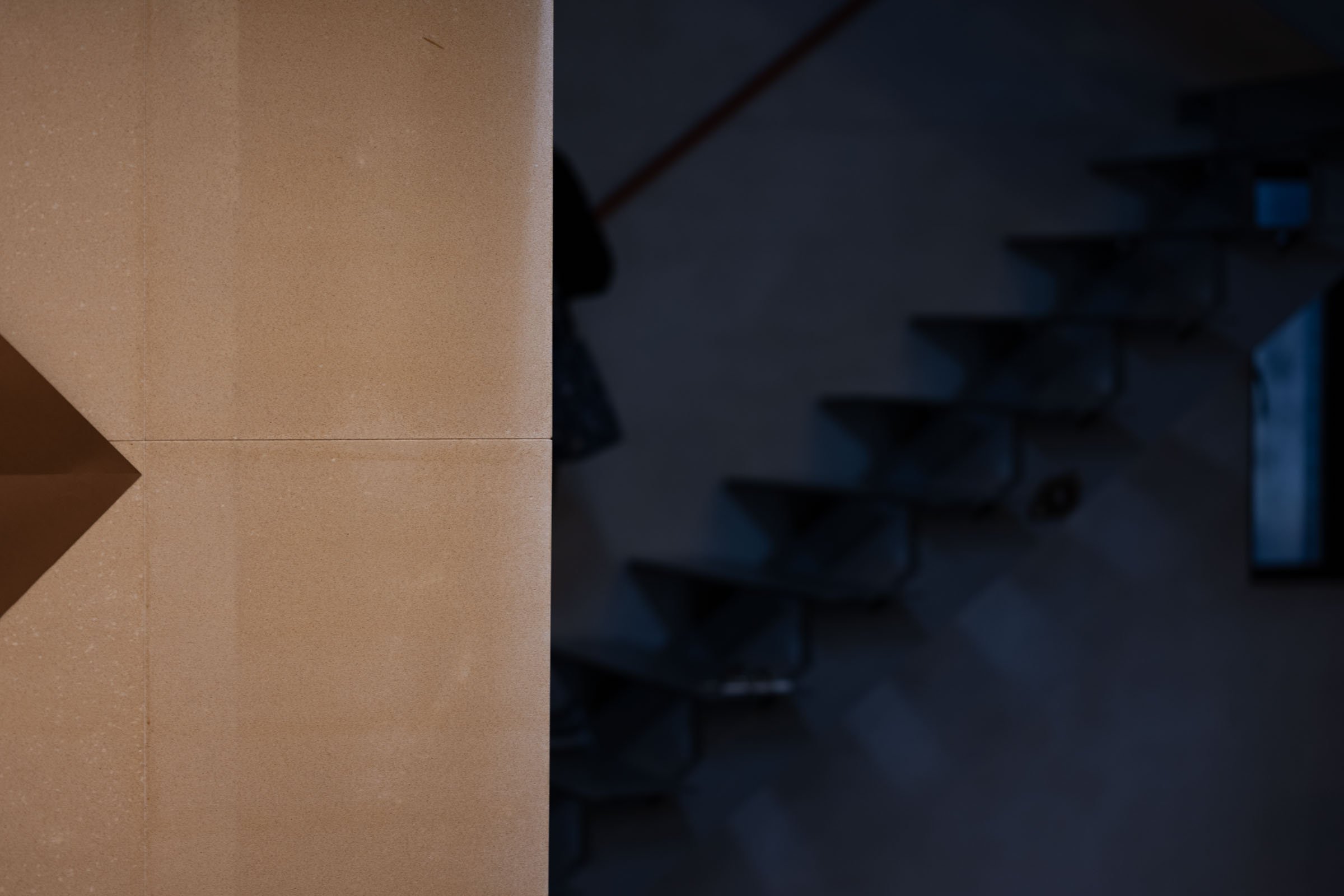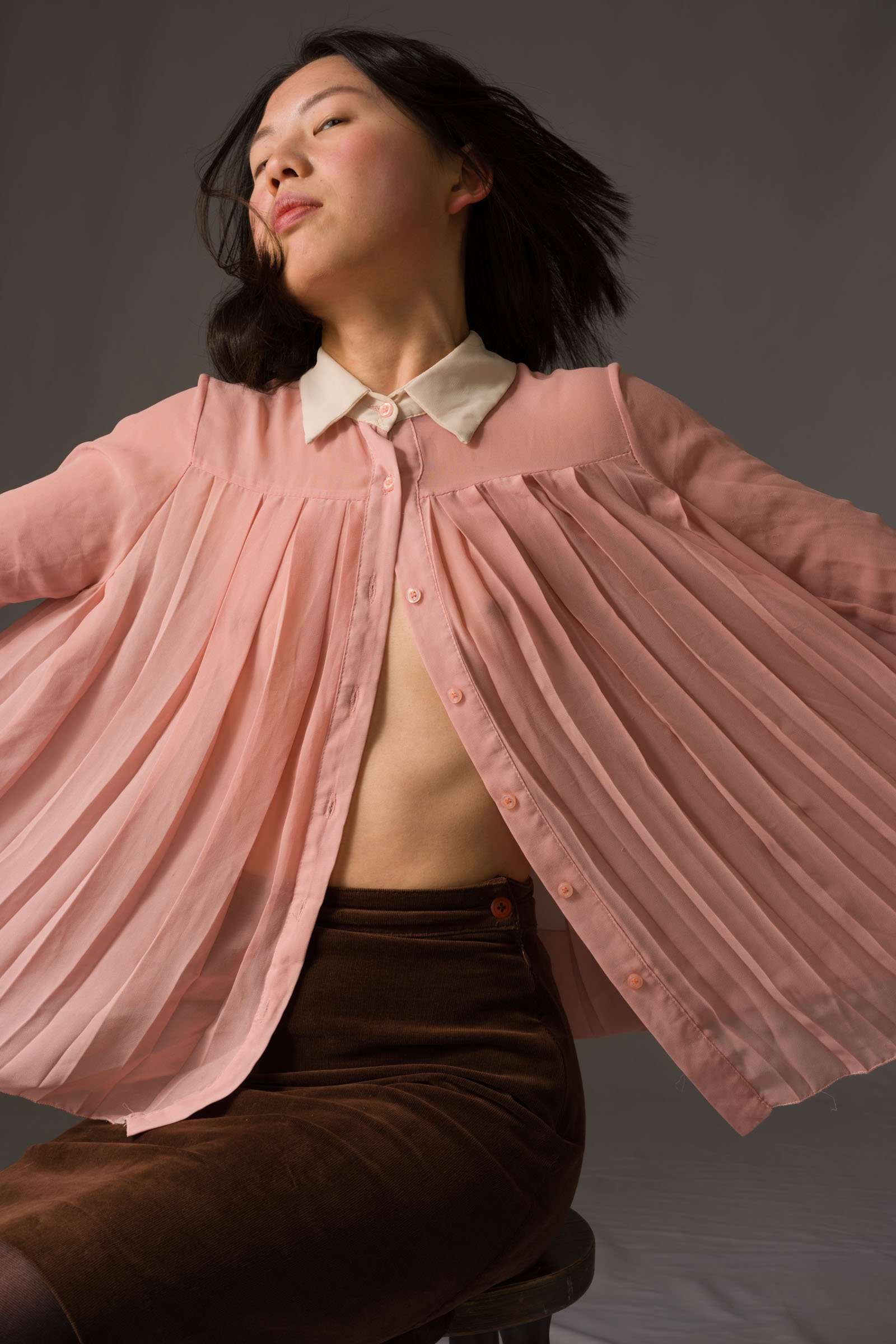記憶-祭壇 Alter-Altar
@未命名WMM
《記憶–祭壇 Alter–Altar》
創作理念
《記憶–祭壇 Alter–Altar》是一部結合影像、空間、文本與個人生命史的長篇攝影敘事。作品以父親生前親手設計的居住空間為核心,映射出家族歷史與時代變遷的交織場域。這個空間不僅是建築工程的實踐成果,也象徵了一種關於「家」、「教育」、「犧牲」與「理想」的精神遺產。父親在退休後投注大量心力打造此空間,卻於即將完工之際病倒離世,這一歷程在我心中逐漸轉化為一種帶有儀式性與隱喻性的「祭壇」——祭壇作為承載意義與犧牲之地,也作為我身為後輩重新理解與承接之處。
這組作品以三個章節構成:
第一章關於家族與台灣歷史的相互照映。從個人家庭經驗、父母婚姻的矛盾,到蔣氏政權的象徵影像與政治事件的暗示,再到自身身分認同與父職思考,皆透過影像與文字交織,構成一個多聲道的記憶場。
第二章以父親的手稿、設計圖與信件為軸線,呈現他對於家人教育的期望、對自然與空間哲學的理解,以及身為父親試圖透過實作來傳遞的價值觀。
第三章則延續空間的生命,呈現這些年來與我有緣互動的朋友——來自不同背景、但與我共享理想與困惑的弱冠而立世代。他們的身影、情緒與表情被攝入作品中,展現出某種對生命荒謬的覺醒與反抗,一種卡繆式的存在主義精神:明知可能無意義,卻仍持續向前、尋找幸福。
這是一部從個人出發、深入家庭與社會、延展至台灣文化與歷史的影像紀錄,也是一場對父權體制、歷史傷痕、婚姻制度與身份認同的細膩質詢。在攝影的過程中,我也重新學習如何面對身為「父親之子」的角色,以及如何在傳承與顛覆之間找出屬於自己的道路。書名中的「Alter」除了代表「另類」、「轉變」,也隱含了對「Altar(祭壇)」的改寫與重思:在儀式與信仰的空間中,我嘗試透過攝影,讓記憶流動、轉化,讓空間說話,也讓未竟之言得以傳遞。
《記憶–祭壇》是一場身體與歷史、個人與國族、空間與影像之間的對話與召喚。它是一座紀念父親的非宗教性祭壇,也是一場持續進行的記憶儀式。
Artist Statement
《記憶–祭壇 Alter–Altar》is a long-form photographic narrative that interweaves image, space, text, and personal life history. At its center is a residential space meticulously designed and constructed by my late father—an architectural embodiment of his ideals. This space is not only the tangible result of architectural labor, but also a symbolic inheritance of values: home, education, sacrifice, and aspiration. After retirement, my father devoted himself fully to building this space, yet fell ill and passed away just before its completion. In my memory, this journey has gradually taken on the form of an altar—not in a religious sense, but as a ritual site of meaning and sacrifice, and as a place where I, the next generation, attempt to understand and inherit what has been left behind.
The project is structured into three chapters:
The first chapter explores the intersection between family and Taiwanese history. It juxtaposes personal experiences—parental tensions, family memory—with emblematic imagery of the Chiang political dynasty and political trauma, reflecting on national identity, fatherhood, and generational inheritance through a multilayered interplay of photographs and texts.
The second chapter centers on my father's handwritten notes, architectural sketches, and personal letters. These documents reveal his values—his expectations for his children’s education, his philosophical connection with nature and space, and his efforts to transmit these ideals through lived practice and spatial creation.
The third chapter extends the life of the space by including portraits of friends who have visited over the years. These individuals, in their twenties to forties, share with me certain dreams, dilemmas, and ideals. Captured within the space, their expressions reflect the emotional landscape of a generation—ranging from melancholy and doubt to joy, idealism, and a curious form of euphoria. In them, I see a Camusian spirit: the awareness of life's absurdity accompanied by a quiet, persistent rebellion. Even if meaning is uncertain, the search itself brings a sense of fulfillment.
This project begins from the personal and expands to the familial, the social, and the historical. It is at once a visual document of Taiwanese culture and history, and a reflective inquiry into patriarchy, historical trauma, marriage, and identity. Through the act of photographing, I have come to reconsider what it means to be “the son of a father,” and how one might walk the line between inheritance and transformation. The title Alter–Altar gestures both to change and to the rethinking of the altar itself: from a traditional site of worship to a space where memory flows, transforms, and speaks anew.
《記憶–祭壇 Alter–Altar》 is a dialogue and an invocation—between body and history, individual and nation, space and image. It is a secular altar in memory of my father, and an ongoing ritual of remembrance.
アーティスト・ステートメント
《記憶–祭壇 Alter–Altar》は、映像・空間・テキスト・そして個人のライフヒストリーを交差させる長編写真プロジェクトです。中心となるのは、故・父が生前に設計・施工した住宅空間であり、それは単なる建築成果物にとどまらず、「家」「教育」「犠牲」「理想」といった価値を象徴する精神的遺産でもあります。父は退職後、この空間に全身全霊を注ぎましたが、完成を目前にして病に倒れ、亡くなりました。この過程は、私の中で次第に「祭壇」という儀式的・象徴的な場として形を変えていきました――意味や犠牲を宿す場所として、また、次の世代である私がその遺志を理解し、受け継ぐための場所として。
本作品は、三つの章で構成されています。
第一章では、家族の記憶と台湾の歴史が呼応し合います。両親の関係や家庭の経験、蔣介石をはじめとする政治的象徴や事件、自らのアイデンティティや「父性」への問いなど、多層的な記憶が写真とテキストによって交差します。
第二章は、父の手稿、設計図、そして家族宛ての手紙を中心に構成され、自然や空間への哲学的理解、教育への願い、そして実践を通じて伝えようとした価値観が浮かび上がります。
第三章では、私のスタジオとして使用されている空間に訪れた友人たちの姿が登場します。彼らは20代から40代の世代で、私と理想や悩みを共有してきた人々です。彼らの表情には、現代に生きる世代ならではの憂鬱や希望、理想主義、さらには「多幸感」や「中毒性」のようなものさえ感じられます。それはまさにカミュの『シーシュポスの神話』に描かれたような精神性――人生の不条理を受け入れ、それでもなお反抗し、意味を模索する姿勢――と重なります。
この作品は、個人から始まり、家族、社会、そして台湾という文化・歴史へと視野を広げていく写真記録です。同時に、それは父権制、歴史的トラウマ、婚姻制度、そしてアイデンティティに対する繊細な問いかけでもあります。写真を通じて、私は「父の息子」としての役割を見つめ直し、継承と変革の間にある自分の立ち位置を模索しました。
タイトルにある “Alter” は、「変える」「別の視点」という意味を持ち、“Altar”(祭壇)という言葉への再解釈でもあります。儀式と信仰の空間としての祭壇に、私は写真を通して記憶の流動性と変容、そして語られなかった言葉の声を宿したいと願いました。
《記憶–祭壇 Alter–Altar》は、身体と歴史、個人と国家、空間と映像との対話であり、呼びかけです。父を偲ぶための非宗教的な祭壇であり、同時に、記憶を手繰り寄せ続ける儀式でもあるのです。








